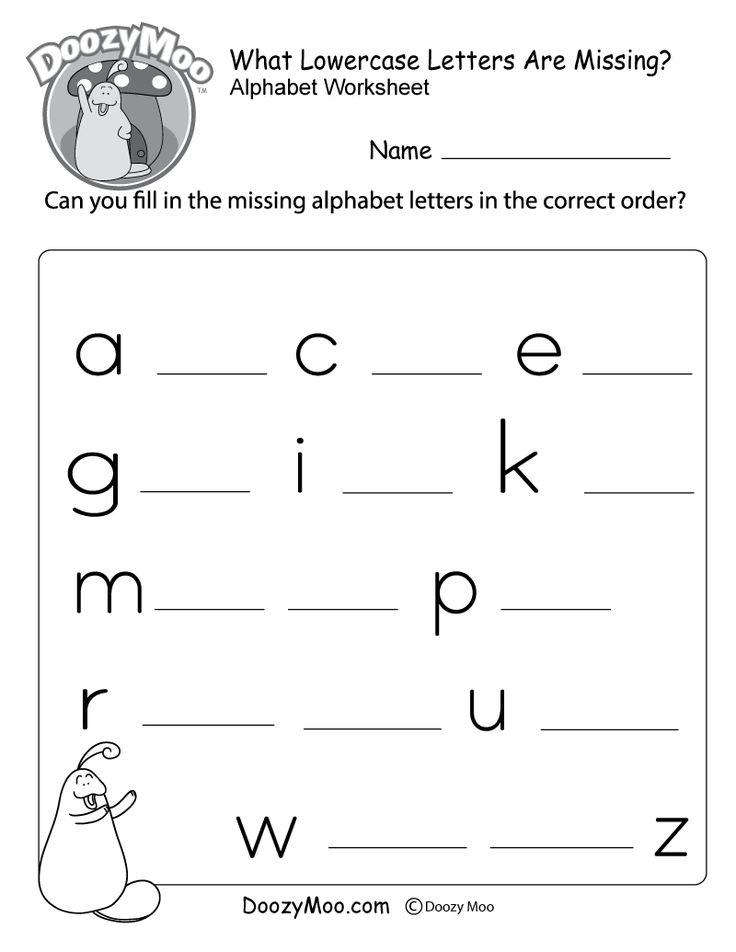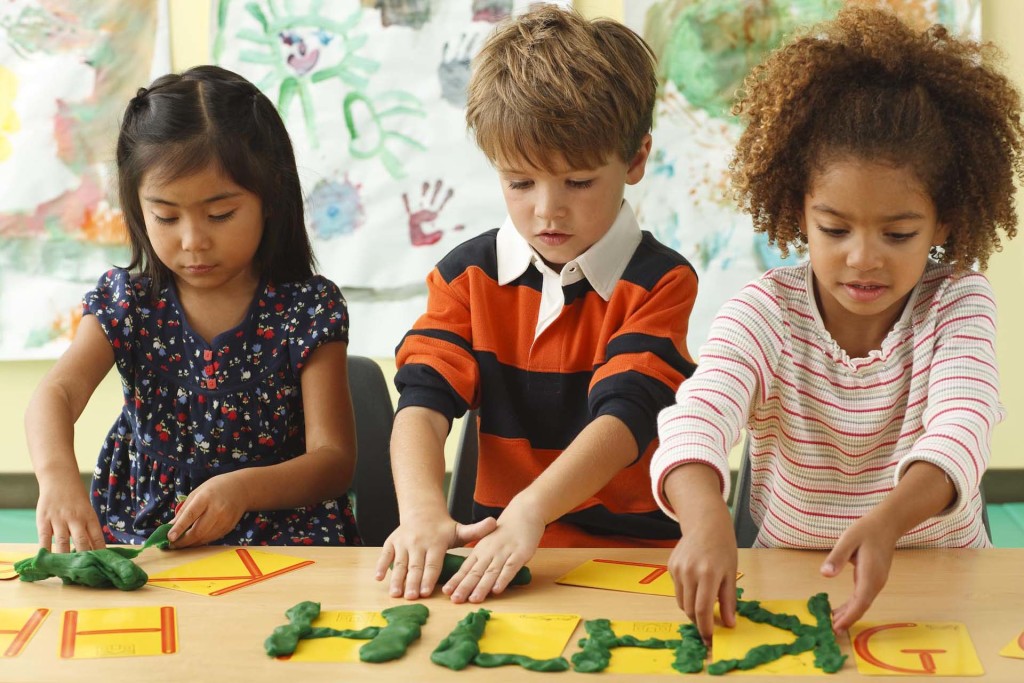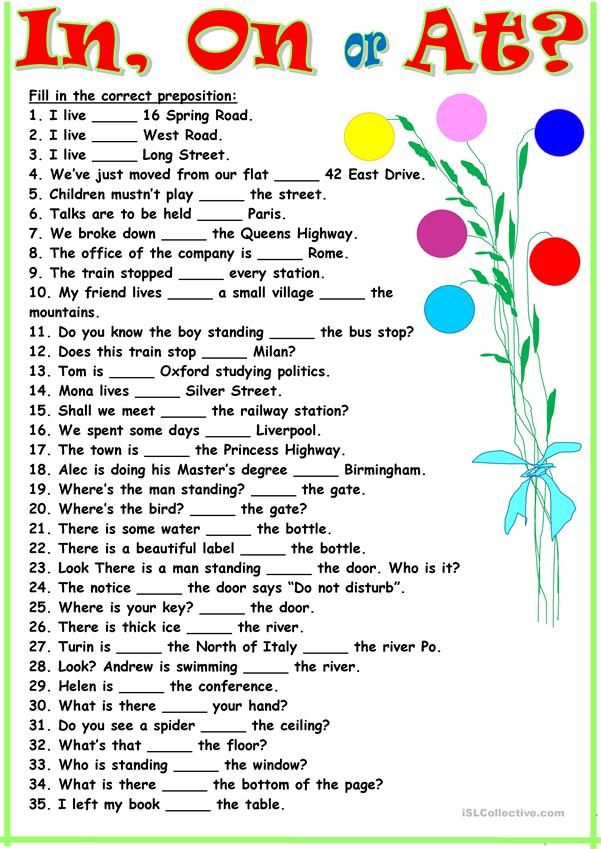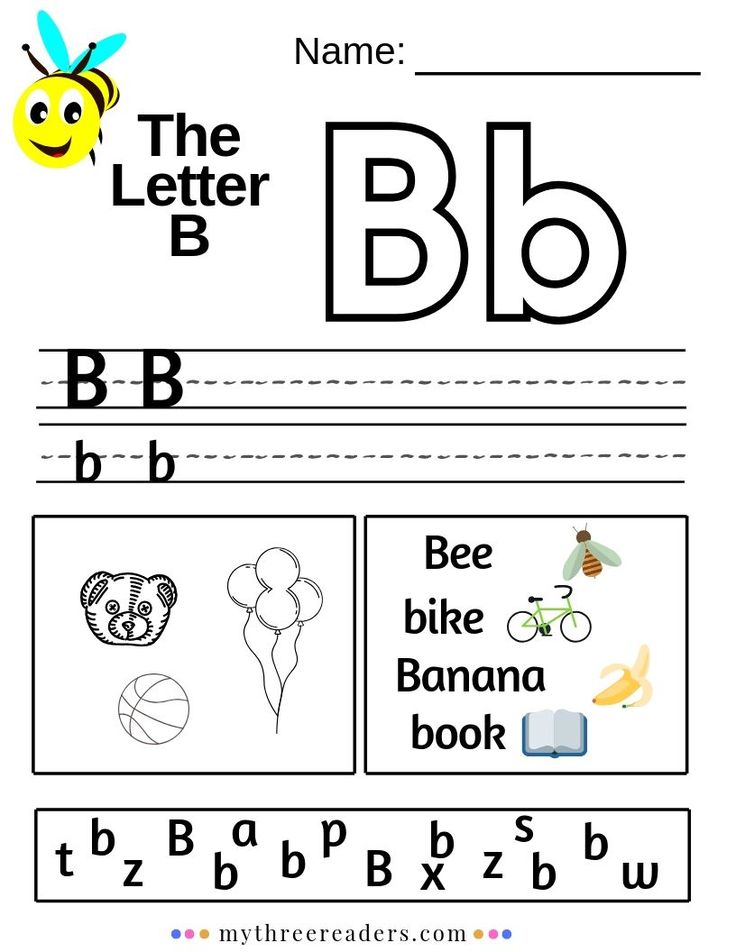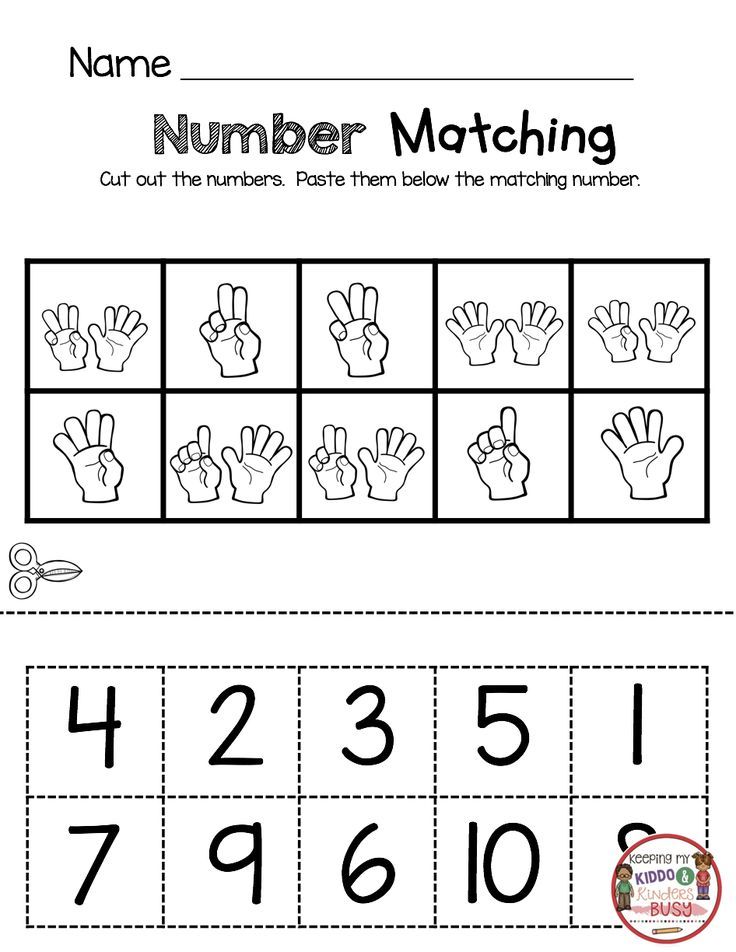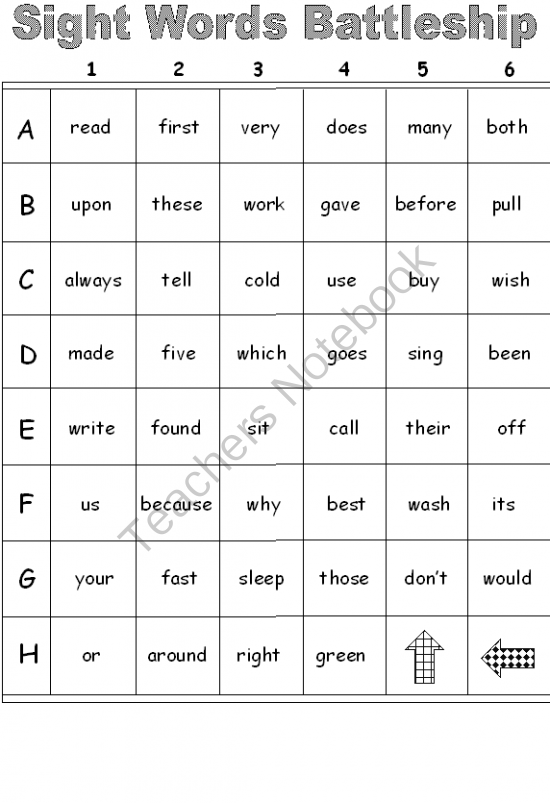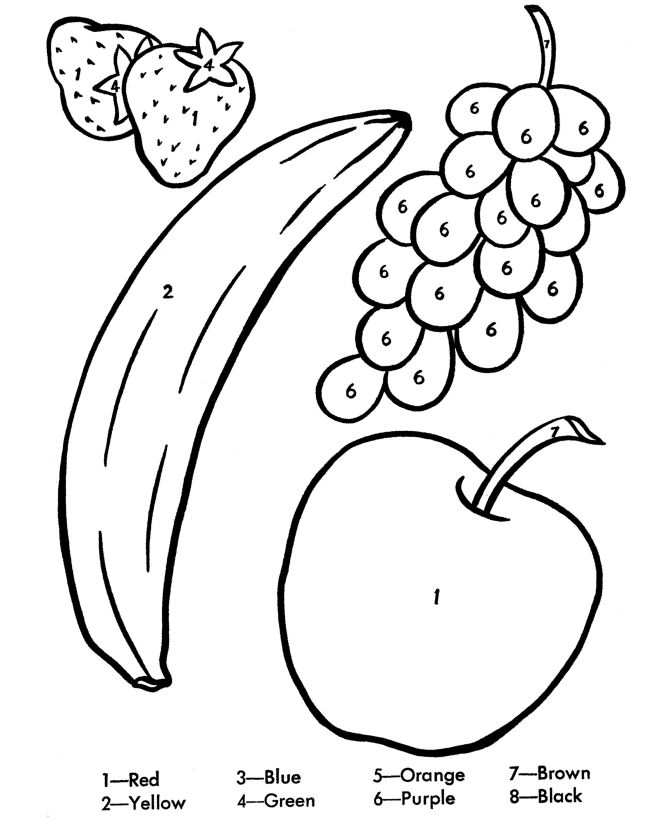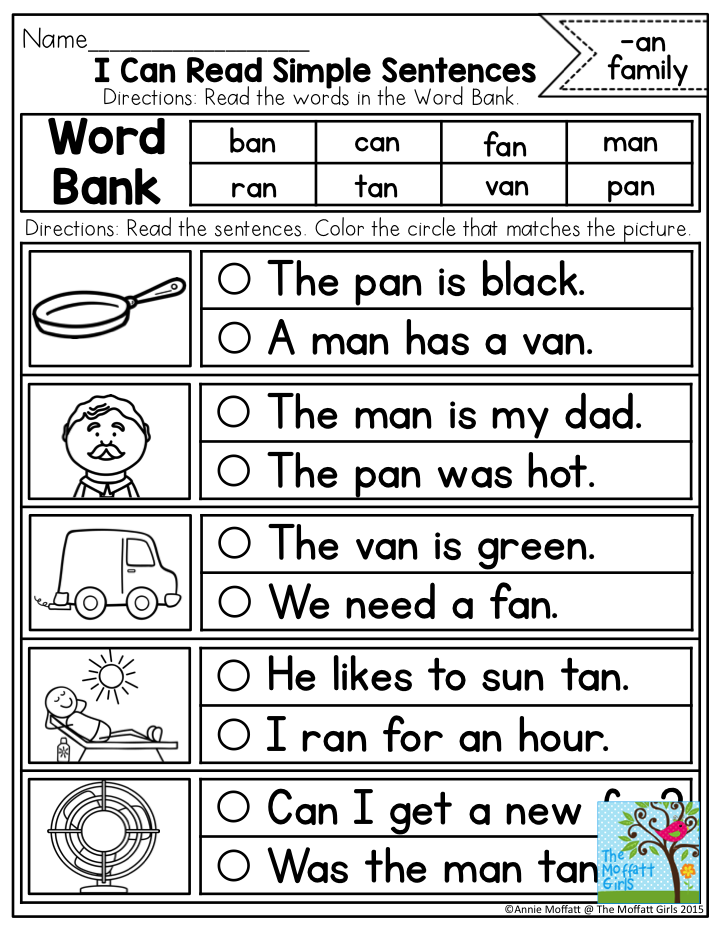Kids writing exercises
10 Creative Writing Activities for Kids
Every child will naturally gravitate toward different activities. Some will be enamored by STEM, while others might prefer sports, music, or history. Creative writing however is one of the activities that any kid can participate in and get substantial payoffs for doing so.
According to UC Berkley’s research, creative writing can boost students’ future academic performance, help them develop a growth mindset, and kindness toward others.
Whether you’re a teacher working with K-12 students or a homeschooling parent, creative writing activities are a net positive for your child.
Let’s take a look at some of them, as well as the perks your kids can gain by participating in creative writing exercises.
Benefits of Creative Writing Activities for KidsThere is substantial evidence to suggest that we are at the peak of creativity at a young age. Children make friends more easily, think outside the box, and aren’t scared of speaking their minds despite apparent social norms.
According to Curtin University research, children experience creative writing in a classroom environment as an exercise in mental self-expression.
By taking away the shackles of “academic writing” and “authorial standards”, creative writing enables kids to truly write from the bottoms of their proverbial hearts.
Melissa Mauro, writer, editor, and an educational specialist at TrustMyPaper spoke on the topic: “Creative writing is not dissimilar to traditional art forms such as drawing or painting in terms of its mental stimulus. Children who participate in creative writing at a young age are likely to develop effective self-expression skills and better academic writing skills than their peers.
Beyond that, kids stand to gain a range of character traits and skills during early childhood through creative writing:
- Better ELA skills (English and Language Arts)
- Improved imagination and unconventional thinking
- Better self-confidence and communication skills
- Improved ability to solve problems through thinking
- Encouraged exploration, research, and analytic skills
- Early growth in academic writing sensibilities
1.
 Finish a Writing Prompt
Finish a Writing PromptWriting prompts are one of the easiest creative writing activities for kids to implement. All you have to do is create a pool of unfinished sentences and assign them to each kid at random.
You can use Scholastic and its story starters if you want to add an element of playfulness to your writing ideas for kids.
Instruct your kids to write at least a paragraph of text inspired by the writing prompt you assigned to them. This will ensure that each child thinks about the prompt a little longer than usual to come up with a creative solution to the exercise.
2.
Write Words for Each Letter of the AlphabetA great creative writing activity for preschoolers and early K-12 students is to learn the alphabet by coming up with words for each letter.
Depending on your kids’ age group, you may have to assist them in spelling each word properly. Once the exercise is done, you can ask each student to read a single word out, and then you can write it on the board.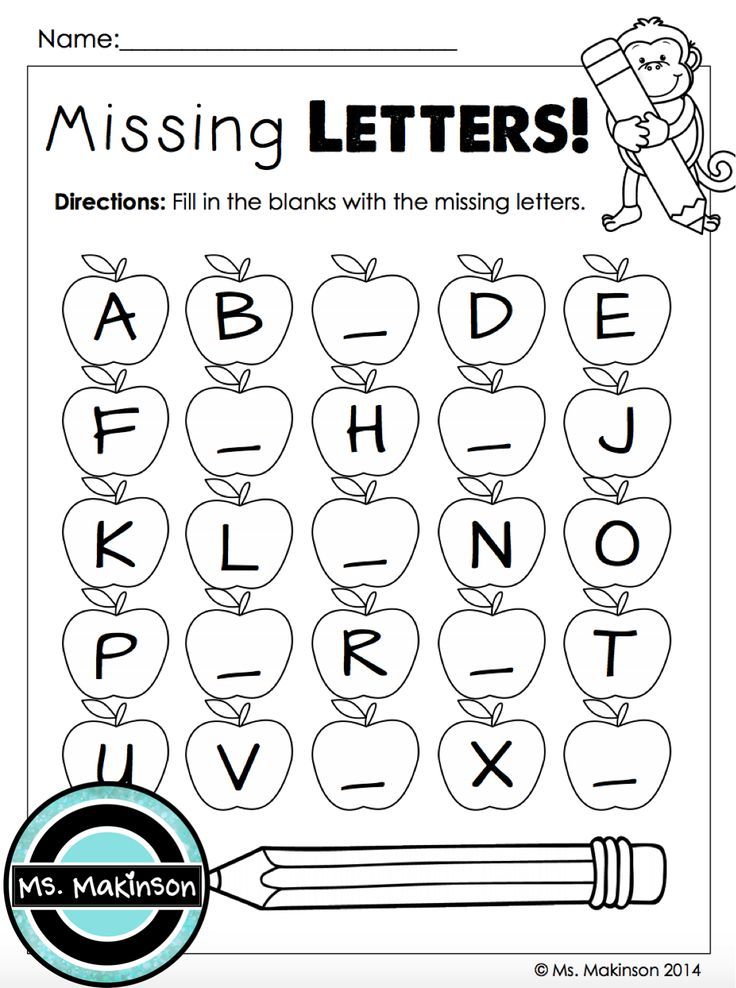
This is a great opportunity for all the kids to collaborate, expand their vocabulary and learn from one another through a creative writing activity.
Even children who aren’t as excited about creative writing exercises for kids are bound to perk up at the group’s energy and excitement.
3.
Write Flashcards with Related Words and Match ThemFlashcards are a tried-and-tested method of studying, regardless of the child’s academic level. You can teach your kids what flashcards are all about, and you can then create them together as a creative writing activity.
Once you’ve created a pool of flashcards, you can look for matching words and phrases which correlate in some way. Think “light” and “dark”, or “apples” and “oranges”.
This will keep the children entertained, teach them new words, help them express themselves through writing, and improve their memorization.
Writing ideas for kids such as writing prompts and word rhymes can be created through flashcards you write – keep experimenting with creative writing.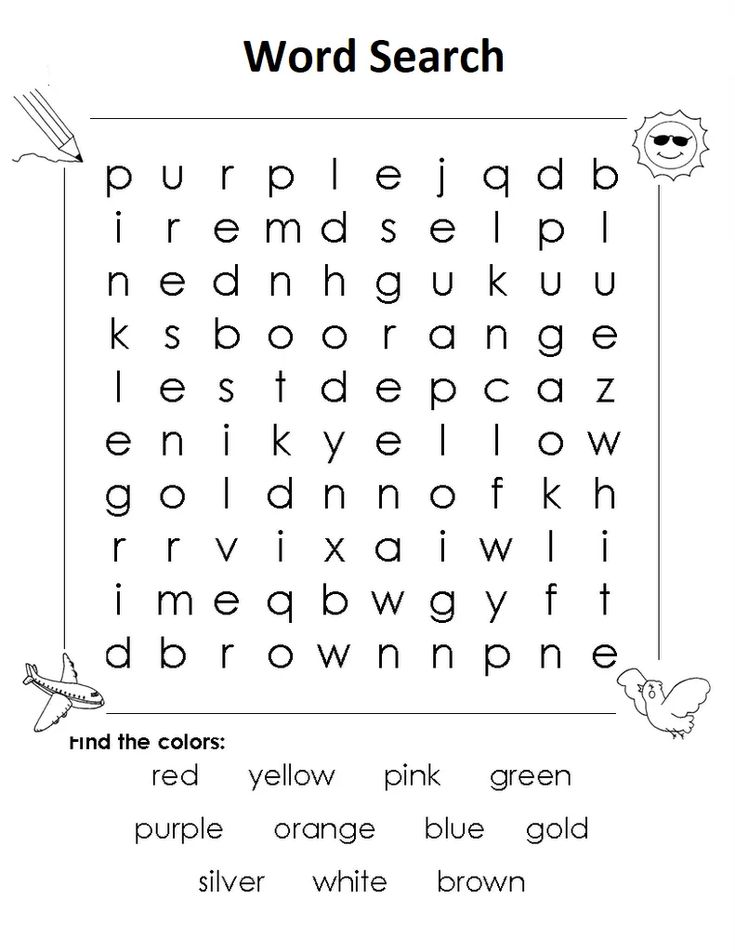
4.
Creative Drawing and Painting Using Letters and WordsWhile not strictly a creative writing activity, you can combine other academic fields with writing exercises to keep things interesting. Kids can learn letters, words, and phrases through painting, drawing, sculpting, and other art-related activities.
Instruct your kids to draw using letters exclusively, or to cut out different letters and then create collages with them.
These can be abstract or realistic, depending on your child group’s age. However, crossing into arts and crafts through creative writing can significantly affect the kids’ creative tendencies for the better.
5.
Sing Spelling Songs – Then Write them Down and Sing AgainSpelling songs are as old as time itself, and they work wonders when it comes to creative writing. Use a spelling songs playlist in your classroom and encourage students to sing along.
Then, you can exercise spelling through the songs you’ve listened to and re-listen them to spot grammar errors.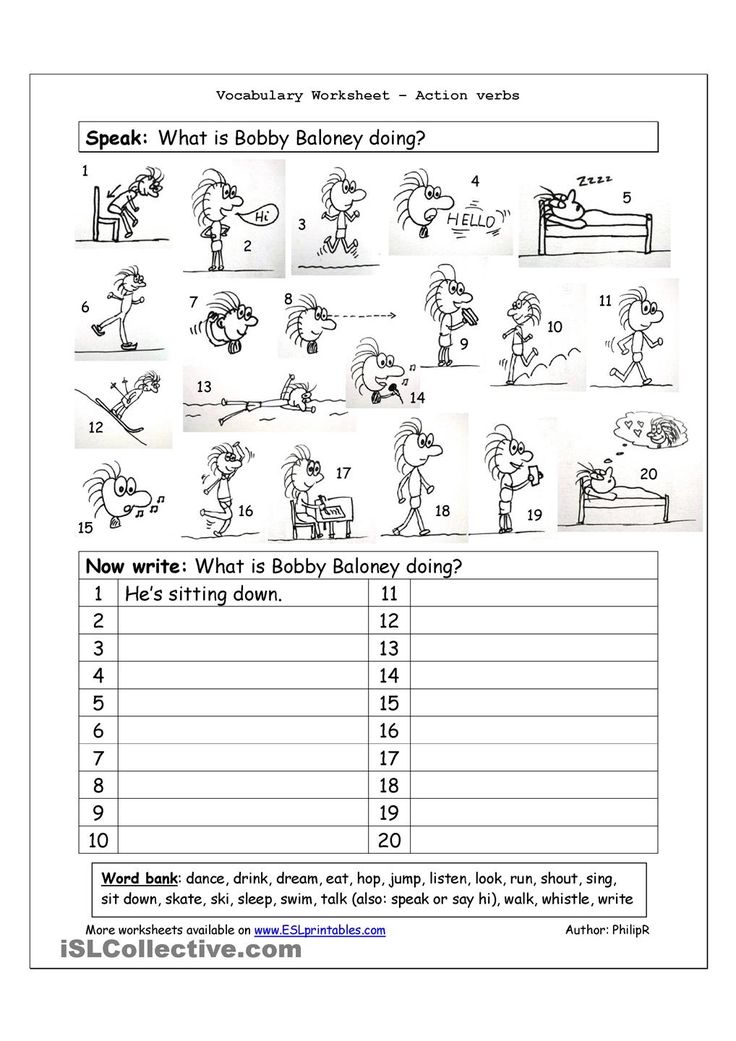 The creative writing activity can extend further, and you can allow kids to come up with their rhymes and songs.
The creative writing activity can extend further, and you can allow kids to come up with their rhymes and songs.
Nancy Howard, SEO specialist, writer, and academic advisor at SupremeDissertations put it this way: “Through music, children can learn to associate letters and words with certain harmonics, instruments, and sound queues. This can improve their learning process in terms of musical arts and creative writing alike – mix them as much as you can.”
Have a child who loves music? Try these Music Games and Activities For Kids to get him excited and
6.
Write a Letter to Your Future SelfWriting letters to your future self is one of the best writing ideas for kids that you could use in your classroom.
Your kids will most likely already have dream jobs and careers which they hope to pursue in the future. Even though these plans might change, they can still play around with the idea through a creative writing activity.
Ask them to write a whole letter to themselves 10 years down the line. Where do they live and what are they doing in the future?
Keep these concepts simple so that your kids can understand what you are trying to communicate, and the creative writing activity will bear fruit.
7.
Creative Writing as Art CritiqueGoing back to the idea of merging creative writing with other fields, you can ask your kids to write a critique of an art piece.
Again, use your best judgment when it comes to choosing an art piece for your students to sink into.
K-12 students may not understand Pollock or Warhol, but they’d be delighted to look at Dutch or Italian Renaissance paintings. Choose the right art pieces for your kids and ask them to write down their thoughts on the painting.
What do they see, and what would they do differently in the artist’s place? This is a great creative writing exercise that will undoubtedly spark your students’ imagination and encourage them to express their thoughts on paper.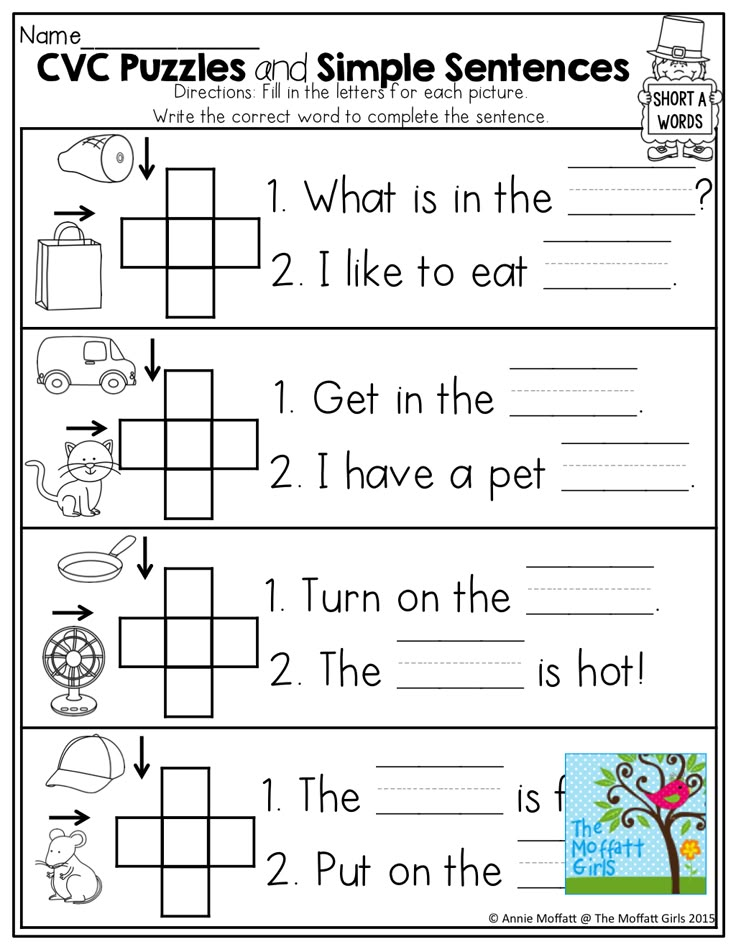
8.
Tag Team Creative WritingYou can encourage teamwork and collaboration in your classroom by assigning students into teams of two at random and assigning a creative writing activity.
Ask the students to write a story (with a writing prompt or without) so that each student writes a single sentence at a time.
This will allow one student to challenge the other with creative writing, which will get more and more imaginative with each sentence. Students can then read each other’s creative writing and compare their essays to others in the classroom.
It’s a great opportunity for students to bond, develop creative competencies, and learn through writing activities for kids.
9.
Write a Story from the EndingChallenge your students to think outside the box by introducing writing prompts that address the story’s end instead of its beginning. The obvious example is “And they lived happily ever after”, but you can come up with several versions for your students.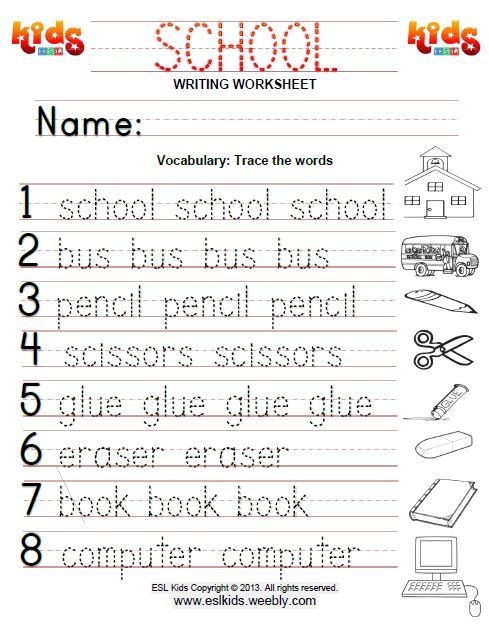
This writing will ensure that students think differently about their creative writing activity compared to traditional exercises.
It can lead to very inspiring and unconventional ideas, and students will enjoy working on these types of creative writing exercises for kids.
Most importantly, it will keep pushing their creative writing tendencies further and encourage kids to express themselves without worrying about academic writing standards.
10.
Create Rhymes through a Word PoolAs a teacher, you are more familiar with poetry than your students. This allows you to create a word pool of words that rhyme with one another, and you can ask students to create songs and poetry.
Rhymes are a great creative writing activity since students can sing along to the phrases and paragraphs they write.
One of these can even become your signature classroom anthem, for example. To make things more challenging, you can ask the students to use all the words you’ve assigned in the word pool.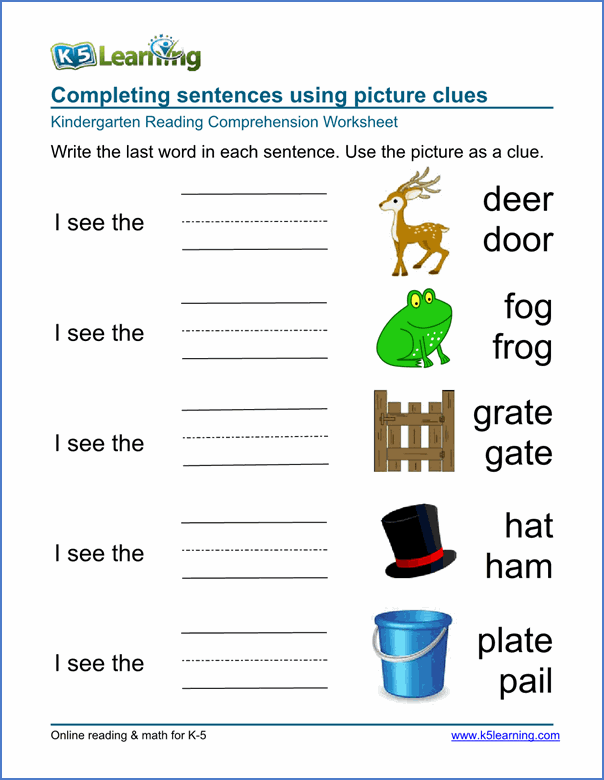
This will teach them about the organization and word count management, traits that will become more important in later academic education.
Helping Kids Develop Through Writing (Conclusion)The fun part of creative writing exercises for kids is allowing them the freedom to complete the assignments in any way they see fit.
Some students may want to create paper collages to complete the creative writing activity, while others may ask you for a dictionary to use.
Be a mentor to your students or kids and don’t discourage their creative tendencies – they will look back at your efforts fondly as a result.
Author:
Nicole Garrison
20 Creative Writing Activities for Elementary Students
Writing activities have an emotional toll on young learners, given the sheer volume of letters to learn by heart, words to spell, and sounds to remember. Your students will be more excited doing tasks they consider easier, such as character description.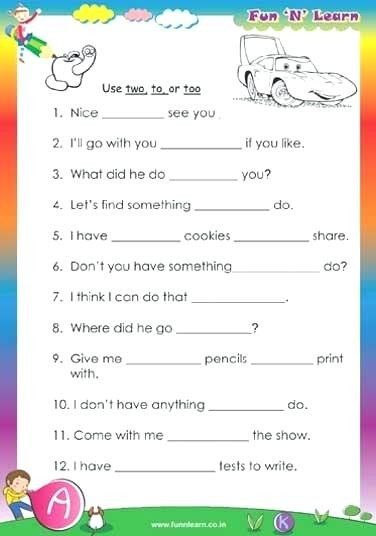 Perhaps it’s time you considered introducing fun activities to help the learners in their writing. Here are 20 of our go-to fun activities for creative writing skills among elementary kids.
Perhaps it’s time you considered introducing fun activities to help the learners in their writing. Here are 20 of our go-to fun activities for creative writing skills among elementary kids.
1. Writing a Comic Strip
Create a comic book idea, leaving the speech bubbles around the characters empty for the students to fill. Alternatively, you can source the comic from your favorite magazine or author and rub out the dialogue between the characters for the learners to complete.
Learn more: My Cup Runs Over
2. Mad Libs
Have the students copy a few paragraphs from a famous book. Ask them to erase words they wish to remove and replace them with a blank line. Under the space, the students should give a hint to indicate the required type of phrase or word.
Learn more: My Cup Runs Over
3. Vocabulary Challenge
Select a new word for the learners and explain its meaning to them.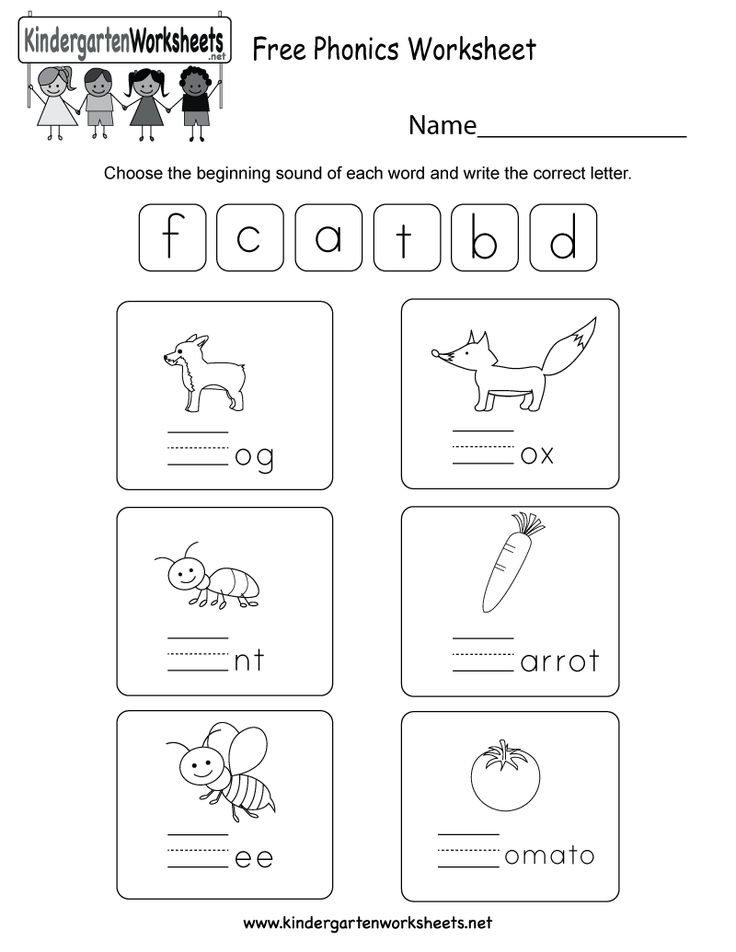 Ask them to create a sentence using the new term. Tell them to practice writing an entire story based on this word.
Ask them to create a sentence using the new term. Tell them to practice writing an entire story based on this word.
Learn more: First Cry Parenting
4. Using an I-Spy Jar
Ask a reluctant writer to practice writing their names by fetching and arranging all the letters that make it. For an older writer, ask them to pick an object from the jar, redraw it and give a brief description of what it is or the scene.
Learn more: Imagination Tree
5. Identifying Objects
This reading and writing game is suitable for pre-kindergarten and kindergarten-aged students. Ask them to color the object highlighted in the descriptive sentence. It enhances their fine motor skills, memories, and emotion.
Learn more: Kids Learning with Mom
6. Picture Dictionary
The goal of picture dictionaries will help early learners who are struggling with creative writing exercises and reading skills.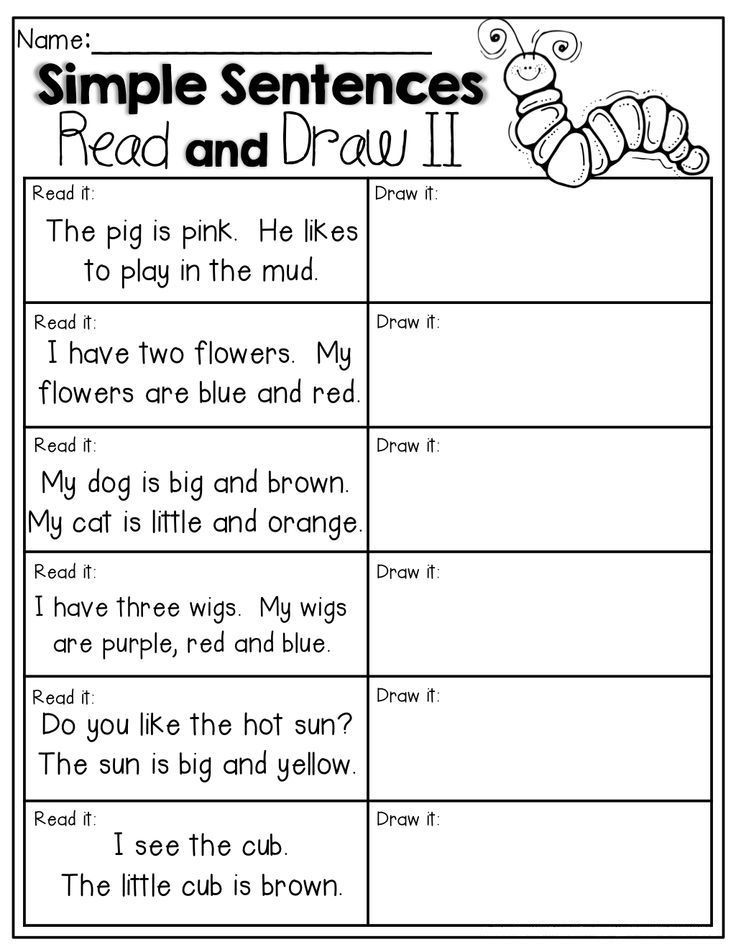 Ask children to match the words provided at the top to the activities being performed in the pictures. This reading and writing activity can be developed for individuals, families, or the classroom.
Ask children to match the words provided at the top to the activities being performed in the pictures. This reading and writing activity can be developed for individuals, families, or the classroom.
Learn more: Childrensbooks
7. Journal writing
Journal writing works for learners who excel in creative stories or drawing. Have your students engaged in daily writing tasks. For instance, what food did they eat for lunch or a boring character in a favorite piece of writing?
8. Roll a Story
Roll a story will have the learners enjoy rolling dice to discover the character or scene they will be exploring in their writing. Examples of a scene they can get include casino, school, or ancient pyramid.
Learn more: Teachers Pay Teachers
9. Copy-writing
On a drawing paper, make a word entry and ask the pupils to highlight it with a paintbrush or crayon.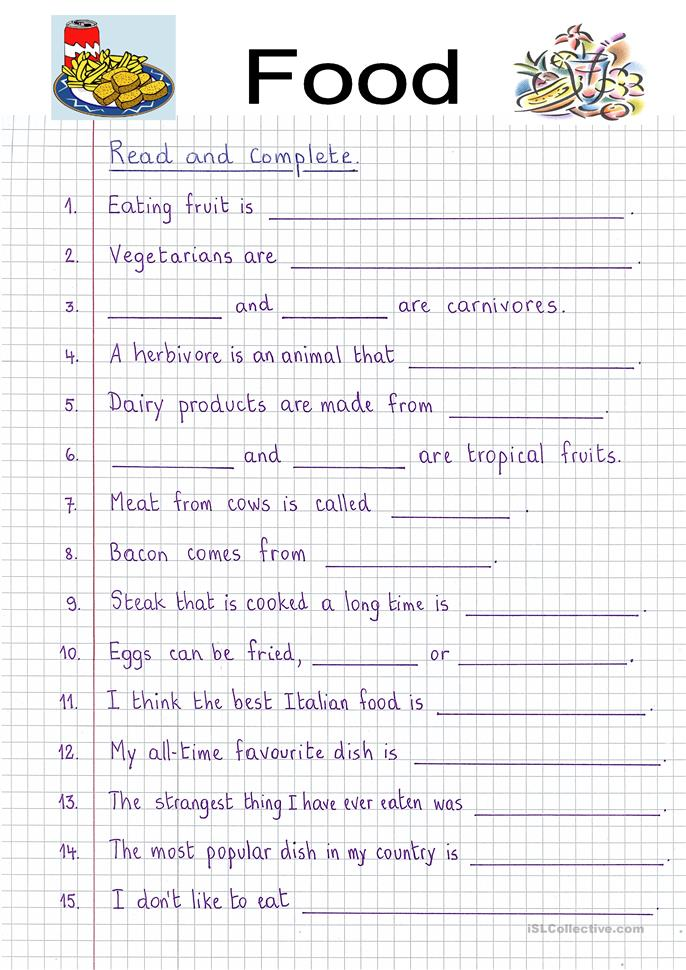 These creative writing exercises' goal is to enhance the learner’s artistic, emotional, and fine motor skills.
These creative writing exercises' goal is to enhance the learner’s artistic, emotional, and fine motor skills.
Learn more: Little Learners
10. Pass-it-on Story Writing
This writing game engages the language input of creative writing classes. Write the first scene of a story on a piece of paper. Have the learners come up with a sentence that continues the story. The paper is then passed on to the next child until every student has written something.
Learn more: Minds in Bloom
11. Sentence Scramble Writing
This writing activity's goal is to help children to improve their writing and sentence-building abilities. Ask the child to cut out the words at the bottom of the paper and rearrange them correctly to form a sentence.
Learn more: Twinkl
12. Picture Writing Prompts
Creative writing prompts activities test not only imagination but also a learner’s ability to make conversation on behalf of characters.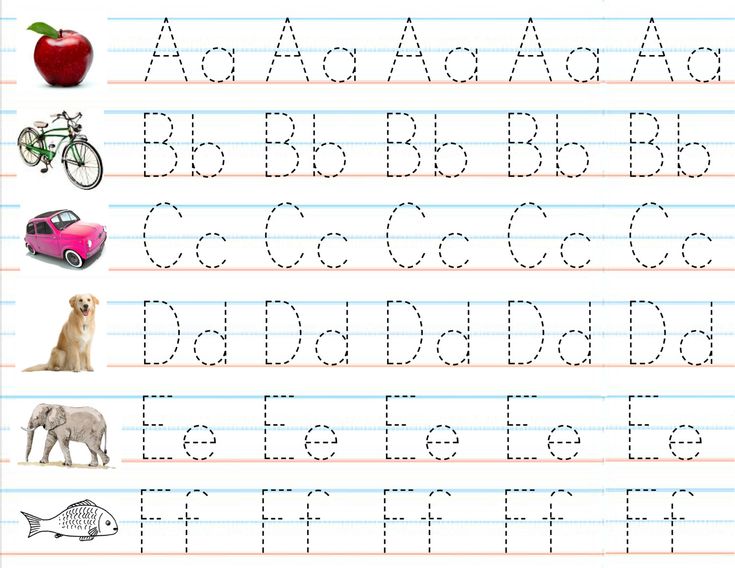 Provide an entry with a picture accompanied by 3-4 writing prompts to guide them in exploring the scene. A sample question for the scene above will be, “Do the lambs feel safe with the lion?”
Provide an entry with a picture accompanied by 3-4 writing prompts to guide them in exploring the scene. A sample question for the scene above will be, “Do the lambs feel safe with the lion?”
Learn more: Homeschool Adventure
13. Cut Out My Name
Help your kindergarten students in writing their names with this fun writing activity. Print out the learner’s name. Next, print the letters of the pupil’s name and mix them with a few random characters. Cut them apart and ask them to sort out the letters in their name.
Learn more: Simply Kinder
14. Cards
Writing cards helps students to engage in purposeful moments. Provide the learners with blank holiday or birthday cards. Ask them to draw or write something to the card’s receiver. Alternatively, students can design their cards and write down the desired message.
Learn more: Learn with Homer
15. Grocery List
Sit down with the child and help them write a list of healthy food items or other household objects you require.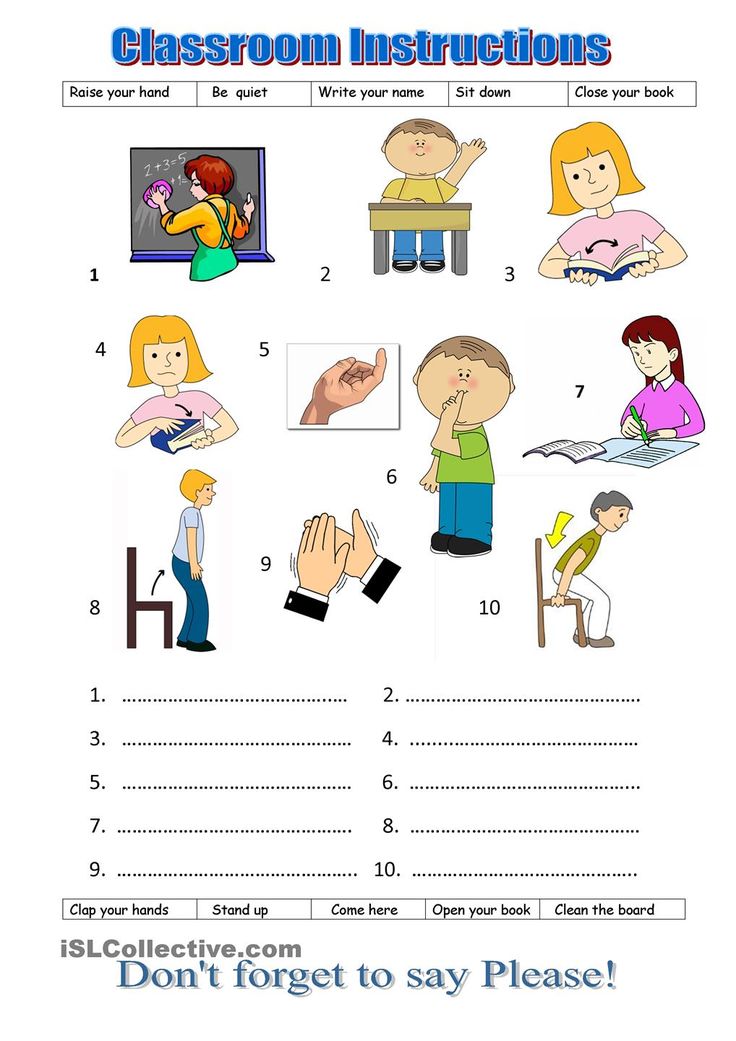 In the grocery store, have them cross out the items as they are added to the shopping cart.
In the grocery store, have them cross out the items as they are added to the shopping cart.
Learn more: Kids Night in Box
16. Label a Diagram
Engage your child’s reading and writing abilities by printing out a diagram of simple objects such as flowers, insects, or external human body parts. Provide a list of the answers to the parts and ask them to write the word that matches each in the blank space.
Learn more: Classroom Freebies Too
17. Disappearing Words
On a chalkboard, write down a word. Ask the learners to erase the word with a wet sponge. This way, the learners will learn how to design the letters of the alphabet. Although this writing activity is the opposite of copywriting, they both serve the same purpose.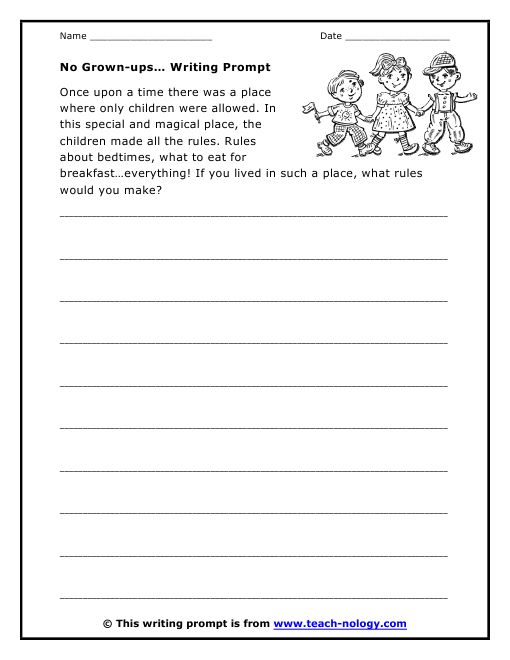
Learn more: Little Learners
18. Write a Story Based on the Ending
Test your student’s creativity by providing them with writing prompts that focus on an entire book, a song, or a famous story. For instance, ask students to write a story based on the ending, “And they lived happily ever after."
Learn more: Kid Pillar
19. Found Poetry
Collect words or a group of words from a favorite story or song. You can either write them on a piece of paper or cut them out of a printed page. The overall goal is to rearrange the words differently to make an interesting poem with a unique writing style or genre.
Learn more: Homeschooling Ideas
20. Sticky Notes Story
Learners may have much to say in conversation prompts but get stuck when doing the actual writing. Sticky notes will help them in aspects of writing. A student can write anything ranging from a favorite author, a favorite food, or fantasy elements.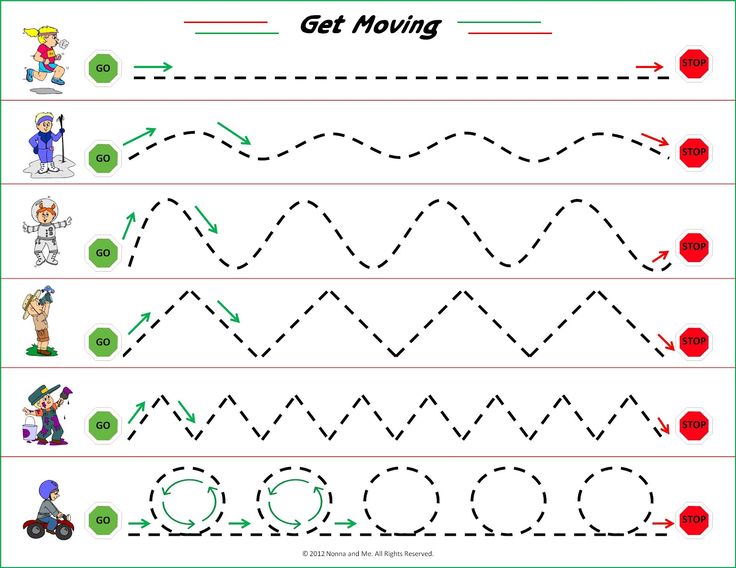
Learn more: Teaching Made Practical
exercises, games and tasks for the summer for the future first grader
Preparing for school / Assignments
Parents no longer need to review dozens of manuals and children's websites. After all, the LogicLike team has prepared everything you need for an easy start and exciting learning.
Assignments for classes online
Find the extra
Count the cubes
Logic tasks
Logic questions
Say a word
Guess by description
Entertaining account
Patterns in pictures
How much should a future first grader study?
Start with 5-7 tasks a day and gradually build up.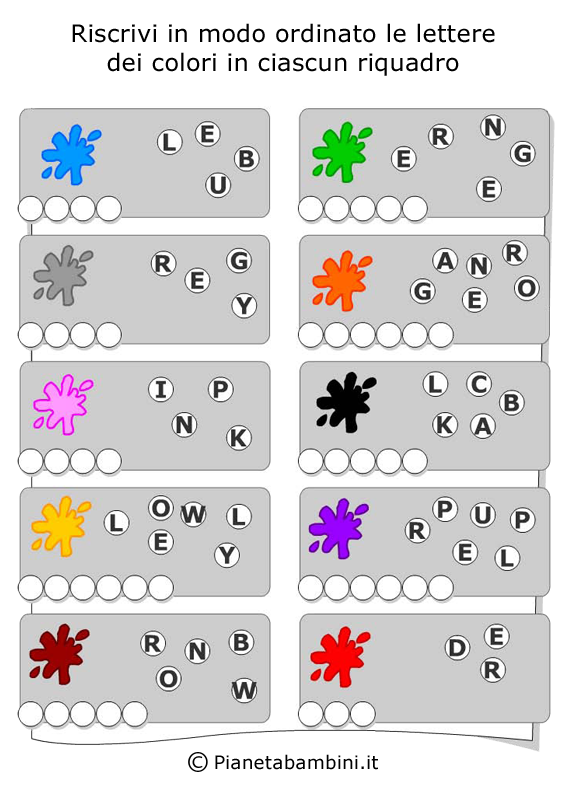
Looking for ideas for offline classes?
Here is a selection of popular developmental tasks and other activities, examples of entertaining tasks from LogicLike.
- We develop voluntary attention.
- We train short-term and long-term memory.
- We develop logical thinking.
- Performing speech therapy exercises.
- Preparing a hand for writing.
We develop attention
Initially, children do not know how to control their attention. They actively react to everything new and interesting, but cannot concentrate for a long time on what does not attract them.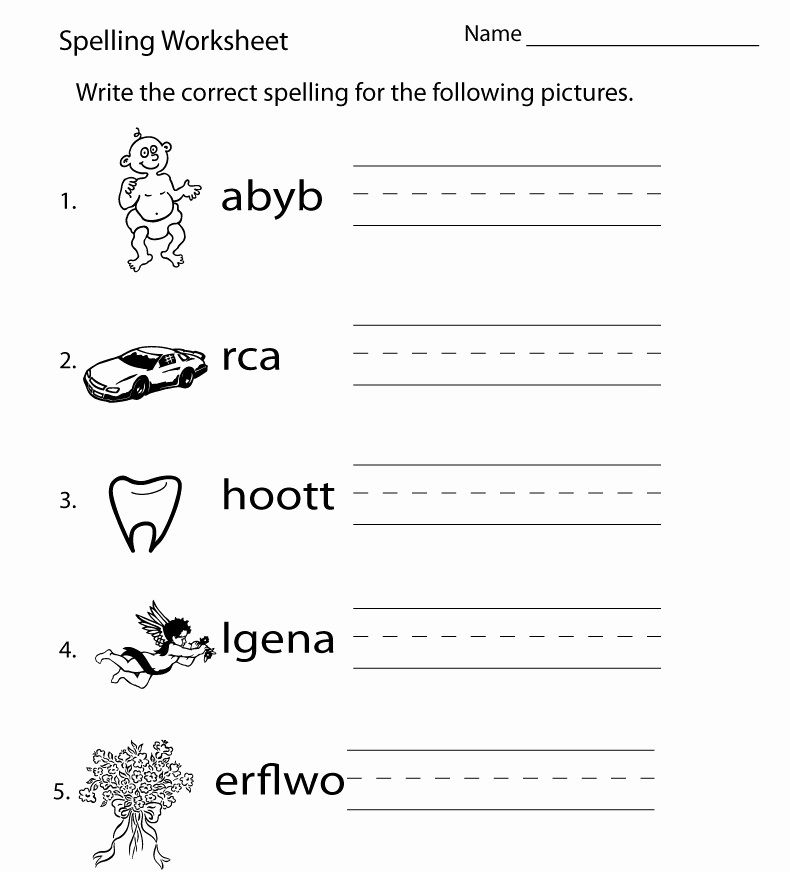 Therefore, it can be difficult for a first-grader to sit through 45 minutes of a lesson without switching to extraneous matters. Games, tasks and exercises to develop attention from LogicLike will help your child learn to listen and become more focused.
Therefore, it can be difficult for a first-grader to sit through 45 minutes of a lesson without switching to extraneous matters. Games, tasks and exercises to develop attention from LogicLike will help your child learn to listen and become more focused.
Task "Find and circle"
Give the child a small text (this could be an article from a children's magazine or a printed fairy tale) and invite him to cross out a certain letter in each line, for example, "A". How can you make the task more difficult? Ask your preschooler to cross out "A" and circle "B", or mark "A" only when it is preceded by a consonant.
Mission "Abracadabra"
On a piece of paper, write down a number of complex non-existent words and invite the child to rewrite them without errors in a notebook:
MAPETLOOJERRAOTINDEBOJA
ZELLOTIMNOSTALLOTOSLAW
ZHAMOTSVANERTALOFOGRODY.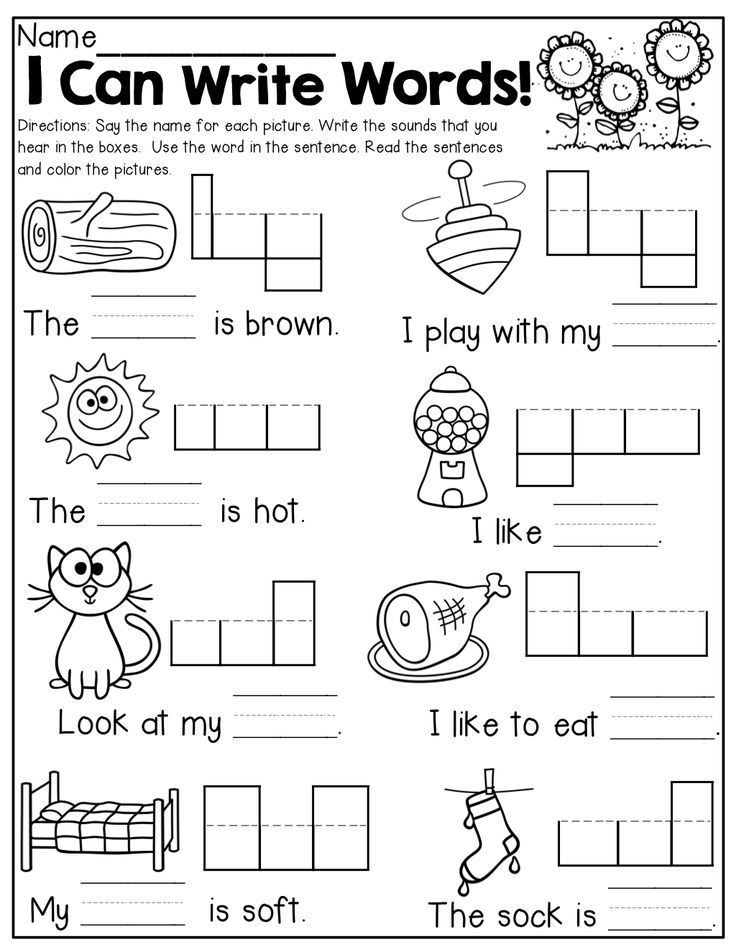
Mindfulness and spatial thinking task
To solve problems, press Start classes!
Yura made a building out of cubes (fig. on the right). Irishka hid a few cubes.
How many cubes does Yura need to restore the building?
Show answer
Answer:
5.
Exercise "Listen and act"
Name different words (table, bed, cup, pencil, bear, fork, etc.) and ask the child to clap their hands when the word for an animal comes up.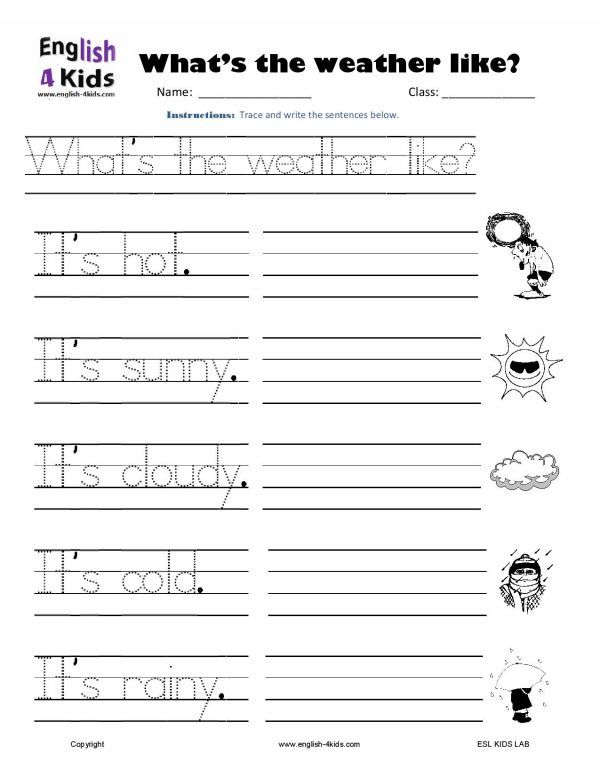 Increasing the difficulty: now it will be necessary to get up every time you hear the name of the plant. Connect the two parts of the exercise. If it's easy, add another action.
Increasing the difficulty: now it will be necessary to get up every time you hear the name of the plant. Connect the two parts of the exercise. If it's easy, add another action.
Exercise "Show me"
Name the parts of the body and point to them. And the child must repeat the words and show on himself. Then start to confuse him: say "hand" and point to the leg, etc.
We develop memory
Like attention, the memory of a preschooler only passes from involuntary to controlled: he quickly memorizes verses with bright and interesting images, but he learns boring texts with difficulty.
Tasks and exercises for the development of memory will help the future first grader to better absorb any useful new information.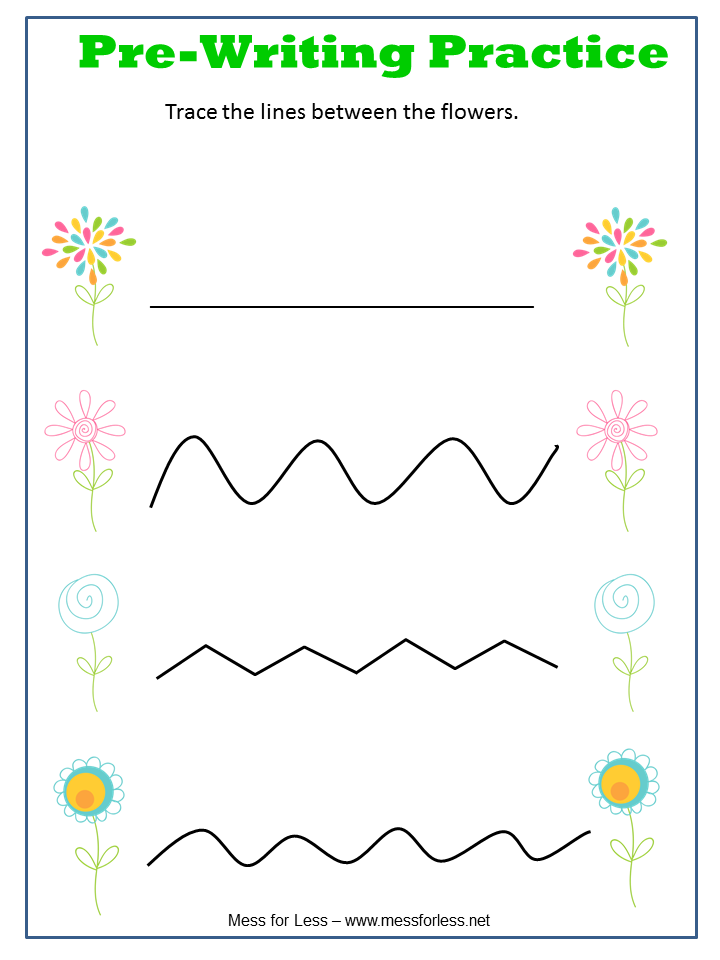
The task "Chain of words: listen and remember"
Out of ten spoken words, an older preschooler (6-7 years old) is able to remember about seven. Let's check how well your child's memory is developed?
Chain of words to check: bedroom, vase, tiger, oval, square, rhombus, wolf, fish, winter, hare, house, sun, hedgehog, cloud.
Task "Pairs of words"
Read all pairs of words. Then call only the first and wait for the second in response:
autumn - rain; vase - flowers; doll - dress;
cup - saucer; book - page; water - fish;
machine - wheel; house - window; hours are arrows.
Good to know. Russian psychologist Lev Vygotsky advised teaching a child several tricks that would help him memorize information easier:
- repeat aloud and to yourself;
- mentally fix some objects through others, creating associations;
- to combine objects into groups, highlighting their similarities or differences.
Exercise "Remember and describe"
After a joint walk, remember what interesting things you saw on the street. Perhaps it was a bright sign or a passer-by with a funny dog. Ask the child to describe the object in detail.
Exercise "Repeat the figure"
Take counting sticks, lay out an intricate figure from them and give the preschooler time to memorize it.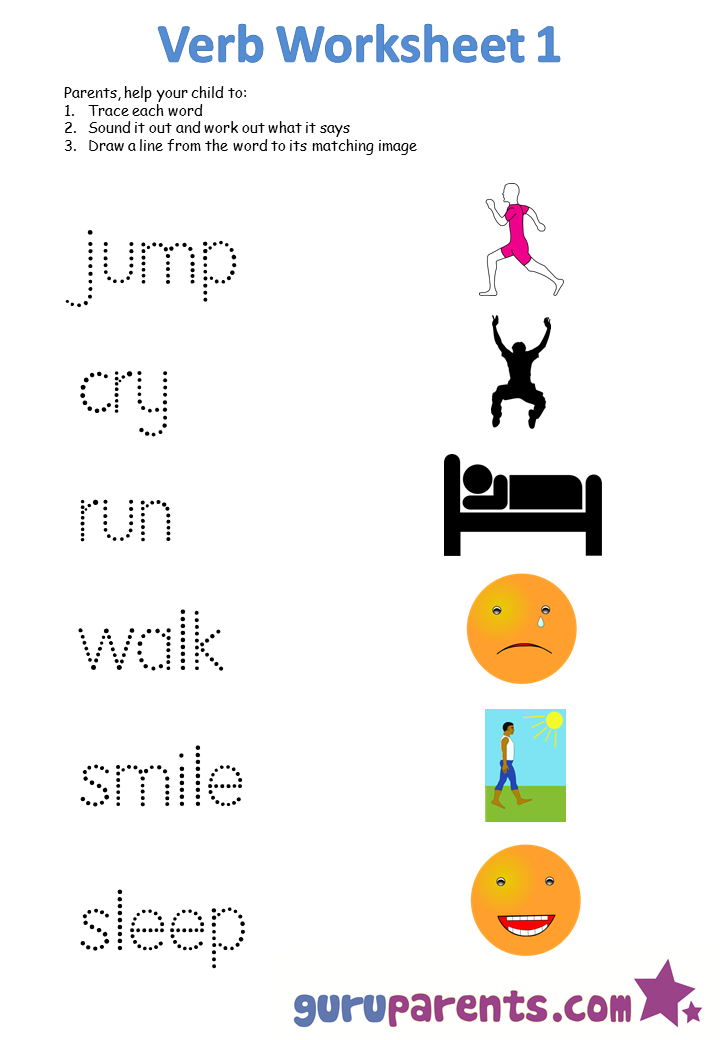 Suggest from memory to depict the same composition of counting sticks.
Suggest from memory to depict the same composition of counting sticks.
More ideas - in the material "Games that develop thinking, memory, attention."
Online games for training memory and attention
You can develop the speed of perception, reaction and visual memory with ease. Invite your child to try our game "Master Schulte".
We develop thinking
Children with developed thinking more easily absorb new knowledge and figure out how to apply it.
When children complete tasks for preparing for school from LogicLike, they learn to analyze information, make connections between objects, divide them into groups, compare and generalize.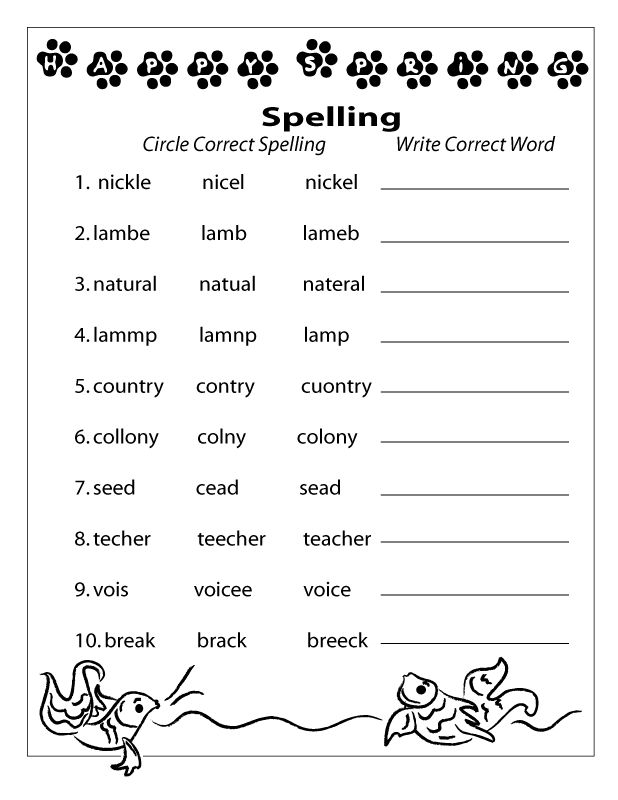
Learn more about the development of logic and thinking in children.
Start with age-appropriate tasks
- 5-6 years old
- 6-7 years
- 1st class
It can be difficult for a preschooler to figure out all the variety of tasks and exercises on their own. To make the first steps easier, we recommend doing 5-7 tasks from each category with your child.
"What, why and why?"
Reflect together on the following questions:
In the morning we have breakfast, and at noon - ...?
Why, before the train passes, barriers are lowered along the track?
A small cow is a calf, a baby lamb is.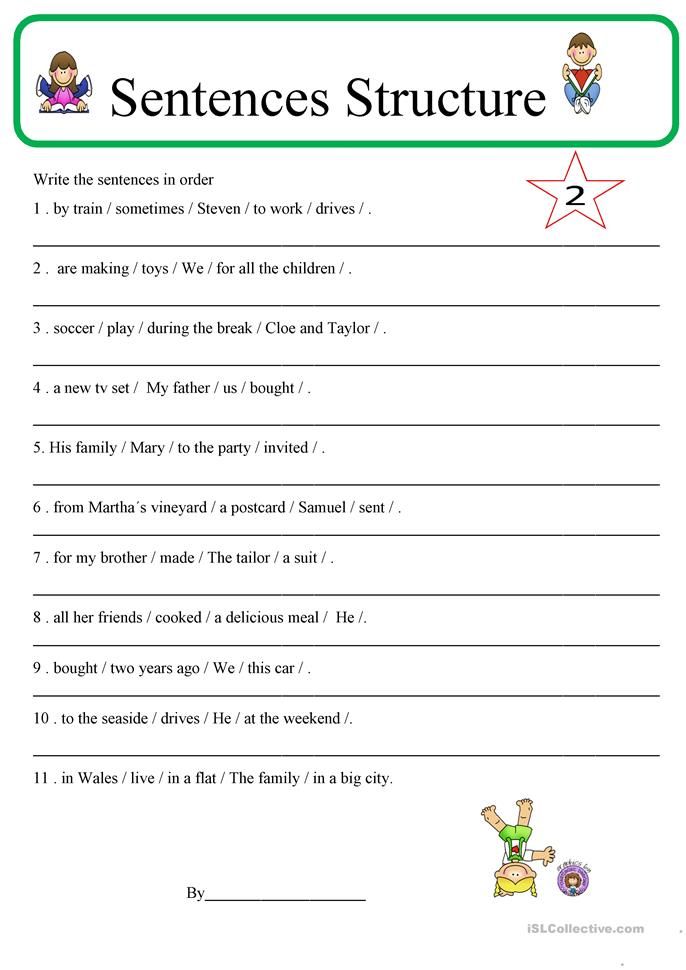 ..?
..?
Is the dog more like a cat or a chicken? What, what do they have in common?
Why do all cars have brakes?
Why do you need to put a stamp on a letter?
"Which word is missing?"
In each row you need to find an extra word:
old, decrepit, small, dilapidated;
Brave, evil, courageous, bold;
Apple, plum, cucumber, pear;
Milk, cottage cheese, sour cream, bread;
Hour, minute, summer, second;
Spoon, plate, bag, pan;
Dress, hat, shirt, sweater;
Soap, toothpaste, broom, shampoo;
Birch, oak, pine, strawberry;
Book, TV, tape recorder, radio.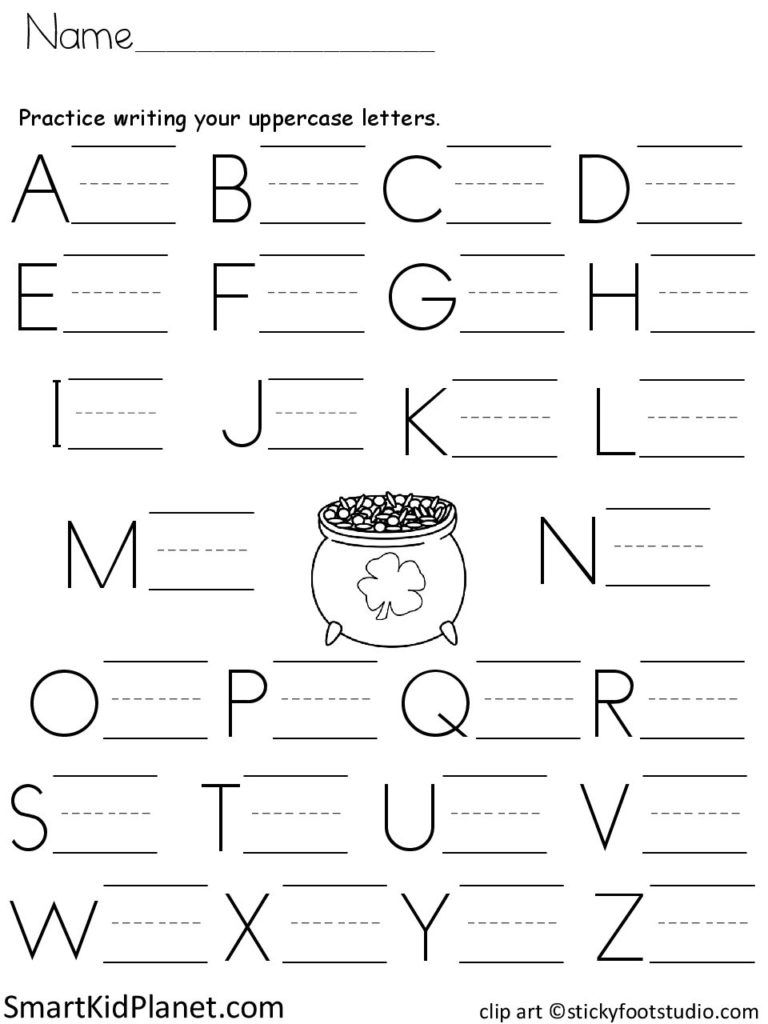
The fourth extra task
On the LogicLike platform, you can perform similar and other tasks for the development of thinking in an interactive format. Example from our database:
To solve problems, press Start classes!
See more tasks like "Find an extra word or object."
Exercise "Who is more?"
Have your child name as many words as possible that represent specific concepts: trees, flowers, modes of transport, sports, etc.
Exercise "Important words"
Name one concept (garden) and add accompanying words to it (plants, gardener, fence, earth).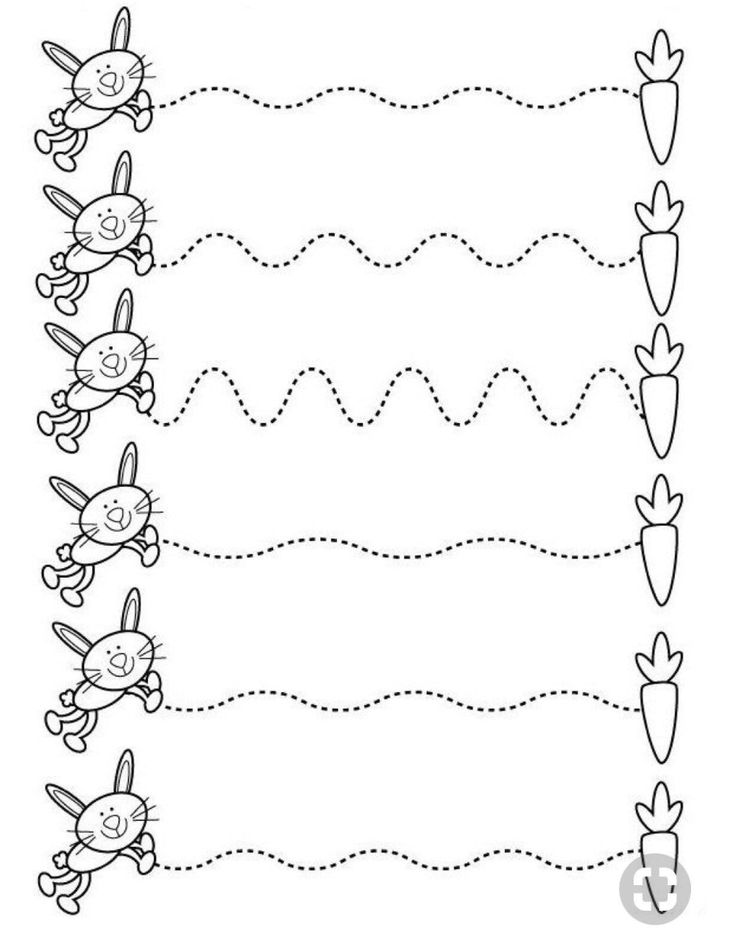 Ask the child to choose from them the two most important, without which the main subject cannot do. Ask questions to understand why he chose certain words. Examples of other pairs: shop - seller, milk, counter, money; water park - inflatable circle, slides, water, bathing suit.
Ask the child to choose from them the two most important, without which the main subject cannot do. Ask questions to understand why he chose certain words. Examples of other pairs: shop - seller, milk, counter, money; water park - inflatable circle, slides, water, bathing suit.
Logic task
Logic problem solving is one of the most effective ways to develop thinking. We create a variety of entertaining tasks that are interesting to solve for children and adults.
To solve problems, press Start classes!
We develop speech
An older preschooler can easily pronounce sounds, knows how to build complex, but coherent sentences. His vocabulary has increased: if at 3 years old the child knew about 1200 words, then at 6 years old - three times more. Active communication and solving tasks and exercises for the development of speech will help the preschooler to speak beautifully and fluently.
Active communication and solving tasks and exercises for the development of speech will help the preschooler to speak beautifully and fluently.
"Warm-up for the tongue"
Learn a few tongue twisters together and practice pronouncing them without hesitation:
Marina pickled mushrooms, Marina sorted raspberries;
The hedgehog chewed blackberry jelly in his dwelling;
The cat lapped up the milk, and Vitya dipped the roll into the milk;
Senya carries hay in the canopy, Senya will sleep in the hay;
Dima gives melons to Dina, Dima gives melons to Dina;
Mom, you don’t look for us, we pinch sorrel on cabbage soup.
Quest "I know everything"
Read the word and ask them to explain its meaning. Example: the word "chair". What group of objects does it belong to (furniture), what is it made of (wood), why is it needed (to sit on it)? Words for completing the task: notebook, plane, pencil, table.
Example: the word "chair". What group of objects does it belong to (furniture), what is it made of (wood), why is it needed (to sit on it)? Words for completing the task: notebook, plane, pencil, table.
Exercise "Tell me what you see"
Take a book with bright plot illustrations, choose an entertaining picture and ask questions about it: who? what is he doing? when? why? why? Suggestive phrases will help to talk: “What do you think?”, “Have you ever met this?” etc.
Exercise "Journalist"
Offer to play journalist and interview you. You can imagine yourself as a singer, actor, athlete. Existing or fictional - it does not matter, the main thing is to spark interest in the child. During this exercise, you will have a good time and learn how to correctly build dialogues.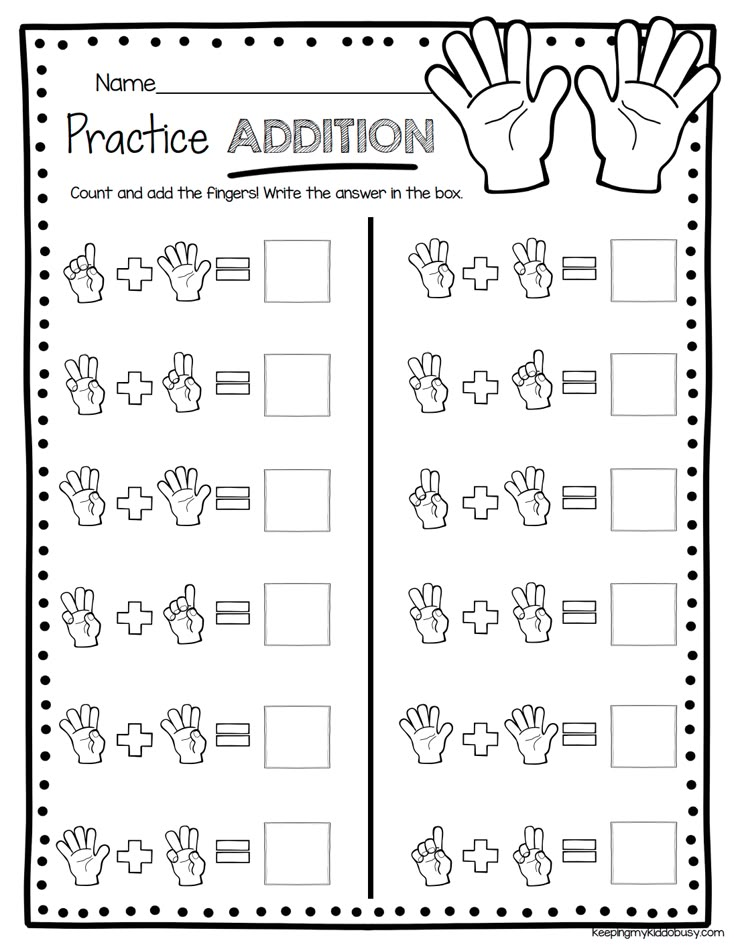
We develop fine motor skills
“A child’s mind is at the tips of his fingers,” the Soviet teacher Vasily Sukhomlinsky rightly stated. Do exercises that both prepare your hand for writing and stimulate the development of speech and thinking.
Exercise "Our hobbies"
Origami, paper cutouts, plasticine, dough or space sand modeling, building blocks or puzzles are all great ways to develop fine motor skills. The main thing is to captivate the child, so learning will turn into an entertaining process and go faster.
"Choose and Strip" task
Use improvised materials for the development of fine motor skills of the child's hands. The girl can be offered to lay out in different cups legumes mixed before in one container: beans, peas and lentils. Boys can lay out bolts, nuts and washers.
The girl can be offered to lay out in different cups legumes mixed before in one container: beans, peas and lentils. Boys can lay out bolts, nuts and washers.
In order for the child to learn something, support him, help him feel success in a new business, and he will try even harder.
If some tasks and exercises cause difficulties, this is normal!
To help parents, we created the LogicLike learning platform. Develop logic, thinking and mathematical abilities, attention and memory in a format that is convenient and understandable for children.
Exercise games for the correction of dysgraphia and dyslexia: for children and adults
Today, more and more teachers are faced with students who have reading and writing disorders. Parents ask: “What to do? I don’t know how to help?”, and the teachers shrug their shoulders: “Learn the rules, read aloud more often!” and sent to a speech therapist or defectologist.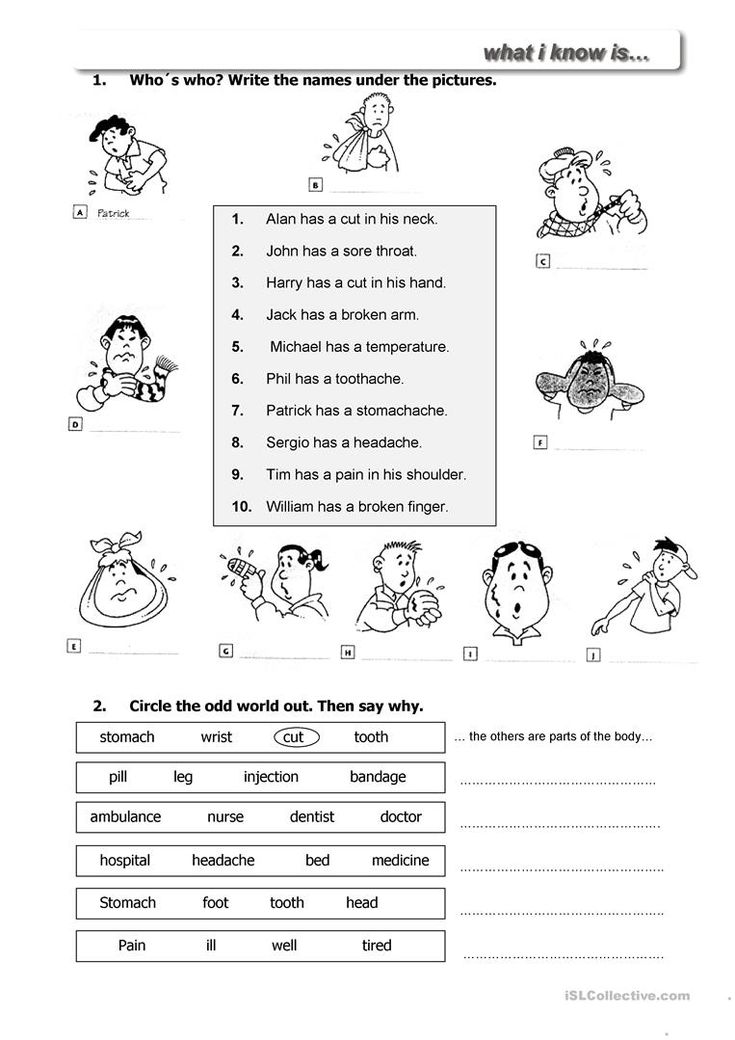 Well, if he is at school, but what if he is not? Such problems are most often left to chance: errors in reading and writing develop into omissions of signs and indices when solving problems in mathematics, physics, and chemistry. The student receives poor grades, and a persistent unwillingness to learn is formed.
Well, if he is at school, but what if he is not? Such problems are most often left to chance: errors in reading and writing develop into omissions of signs and indices when solving problems in mathematics, physics, and chemistry. The student receives poor grades, and a persistent unwillingness to learn is formed.
It is even more difficult for an adult student who knows about his problems, but does not know what can be done about it, how to fix it. Most problems arise with technical terminology and abbreviations.
The article will present three exercise games that can be used to correct reading and writing disorders.
Neurocoloring for dysgraphia correction:
- Russian alphabet.
- English alphabet.
- Albums with assignments.
Dyslexia is a specific disorder of the reading process. It can manifest itself in the indistinguishability of the meaning of the read text, in the difficulty of assimilating and remembering letters and sounds, replacing letters when reading, changing case endings, etc.
Dysgraphia - a specific violation of the writing process. It can manifest itself in the replacement of sounds similar in sound, the distortion of words and sentences, the use of the reverse order of words in a sentence, the distortion of letters when writing, etc.
Dyslexia and dysgraphia is a large syndrome that includes impaired presuppositions of intelligence, cognitive immaturity, language deficits, frustration disorders, appropriate behavioral responses, and, finally, writing disorders directly. (Kornev A.N.)
Since the types of disorders in dyslexia and dysgraphia are similar, they can be corrected together.
According to scientists, without the cooperation of the teacher and parents, success in correction is unattainable. Based on her work experience, the author believes that parents should be informed about all research results and discussed with them. Parents should know the goals of correction, immediate and long-term, the expected result and the estimated timing of correctional work.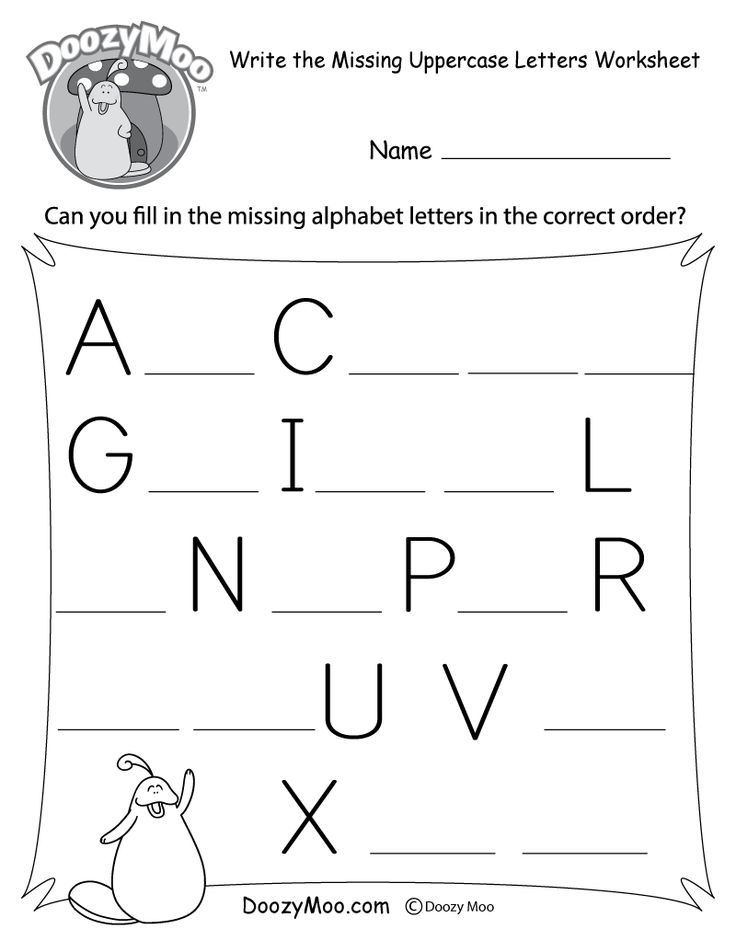 This is necessary not only for ethical reasons, but also contributes to the involvement of parents in the work and the formation of a sober view of things in them. The main task of parents is to consolidate the skills learned by the child.
This is necessary not only for ethical reasons, but also contributes to the involvement of parents in the work and the formation of a sober view of things in them. The main task of parents is to consolidate the skills learned by the child.
Online course for educators, parents and neuropsychologists “Children with learning difficulties”:
- Brain. Instructions for use. How to influence the brain.
- Dyslexia, dysgraphia. “Alarm bells”, adaptation of educational materials. Organization of training (in a group, at home, individually). Simple exercises.
- ADHD: how to teach and what to do.
- Adaptation of educational materials and organization of space, time, performance of dz.
- Removal of psycho-emotional stress (simple exercises).
- PMPK and tutoring.
You can take the course online here.
Exercise Game #1. Work on memorizing words and terms (their graphical version)
Compose dictionary words (or terms, for adult listeners) from syllables, circle them in different colors.
Speech material for first graders: alphabet, crow, law, came in, call, textbook, teacher, glue, carpet.
Speech material for cadets and listeners on terminology (example): analysis, synthesis, verification, safety, accident, hook, auto pump, liquidation, arson.
! If possible, use word breaks or insert images and other visual cues to improve comprehension.
Exercise Game #2. Working on word order to help the child/adult understand the text.
Child version.
Adding one word at a time, make up sentences based on the picture. Make sure your child follows word order.
Picture for exercise
LENA RIDES.
____ _____ on ________
____ _____ on ____ from ____.
_____ _____ on ___ from ____ ____.
Adult version.
The rules of the game are simple, but you need some equipment - special cards.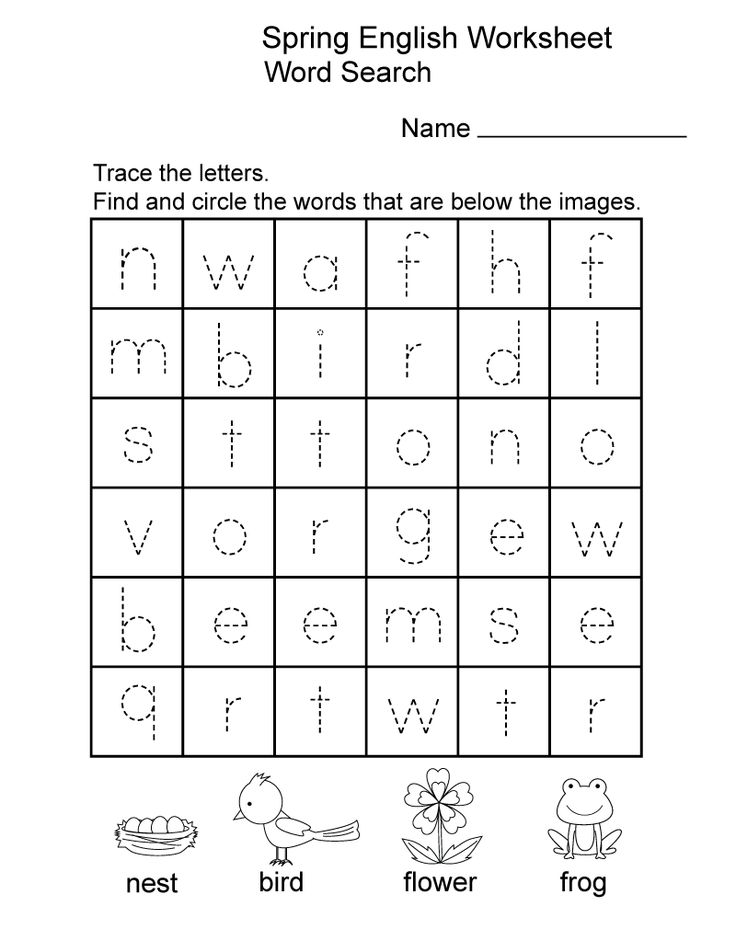 In general, there is a real game, it is called Dixit (Dixit), but not everyone can afford to buy it. Therefore, you can create some of its elements yourself. The bottom line is this: players are dealt six cards. They depict various pictures - almost surreal.
In general, there is a real game, it is called Dixit (Dixit), but not everyone can afford to buy it. Therefore, you can create some of its elements yourself. The bottom line is this: players are dealt six cards. They depict various pictures - almost surreal.
For example, is a crooked anchor in the middle of the desert.
An example of cards for the gameThe essence of the game-exercise
- What associations come to mind?
- They need to be formulated in one phrase - and voice it to the rest.
- Main condition: the phrase must be built in the order of words. Inversion and illogicality are unacceptable.
- Players choose a suitable card from their set according to the description and lay it out on the table.
The secret is that the description should be multifaceted, and the winner is the one whose card was not guessed right away.
- But the important element is that if no one can identify your card at all, you lose points.
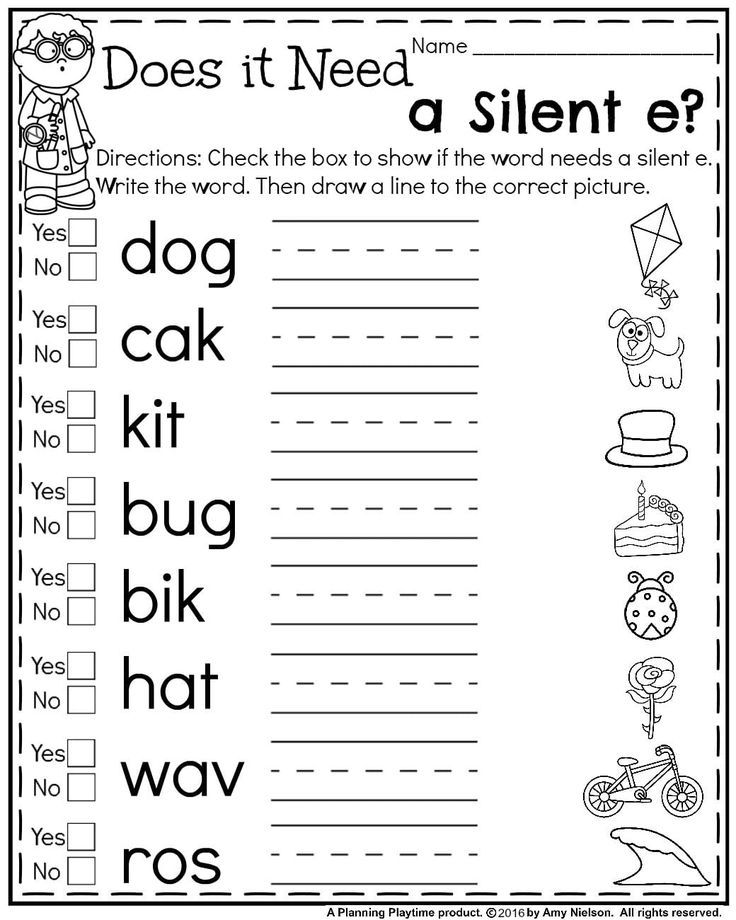
- By the way, the cards themselves, or rather the pictures, can be found and printed from the Internet at home.
Exercise game #3.
Child version.
Sea battle game (borrowed from Bobkina O.G. - speech therapist of the secondary school No. 5 of the village of Tavrichanka, Nadezhdinsky district, Primorsky Territory ). We are working on orientation to the plane, improving syllabic analysis and synthesis, forming an active and passive vocabulary of students.
Children are offered a playing field on which ships are depicted with syllables written on them: the teacher/parent names a place on the field, and the children look for it and name the syllable written on it.
If ships are named in a certain sequence, then words can be made from syllables. For this, the named syllables are written out, and then synthesized.
Speech material:
Teacher/Parent: Students:
E-7, A-9 Tan, KA, PI = Captain
E-4, Mor = Mor = Mor.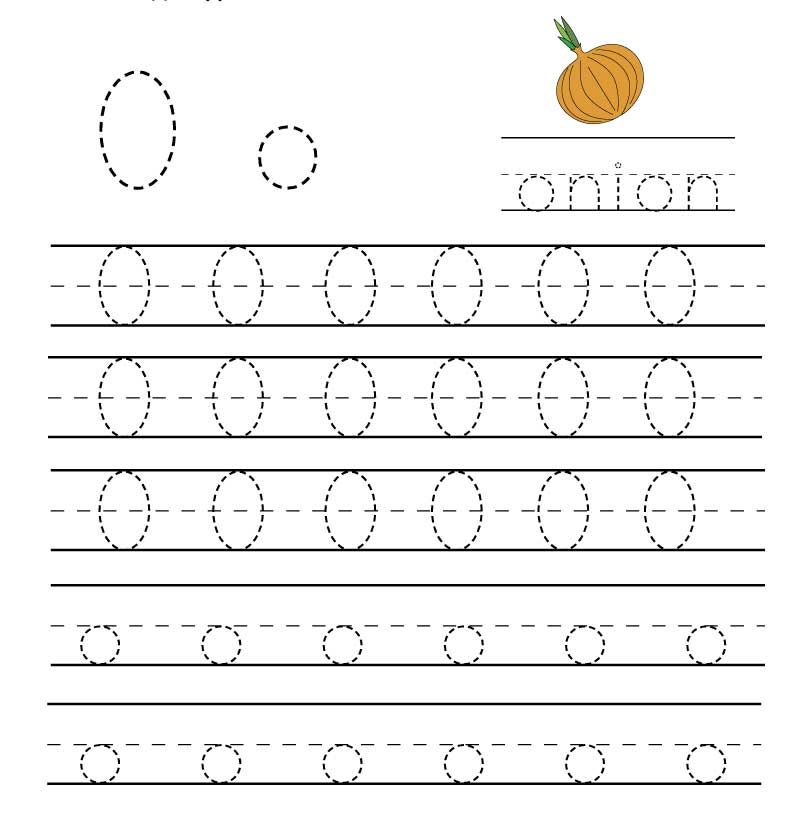 MARINE
MARINE
V-8 PORT
B-4, K-7 REG, BU = SHORE
K-5, A-7 Yak, MA = Lighthouse
Z-5, A-1 pro, Liv = Strait
Zh-7, G-2, S-3 slave, Co., Lee Ships
Zh-10, I-3 genus, city
I-8, d-3 sir, book-tugboat
E-5, B-6, Bukh, Ta-Bay
G-10, B-2 ROM, PA-FERRY
I-6, D-
Playing fieldOption for adult learners.
Fire Crocodile game. We are working on the development of observation, attentiveness, skills to build logical chains.
The rules are very simple. The participants are divided into two teams. The first team thinks of a word and informs its representative of the rivals. This is the chosen one, who must pantomime the word to his team. The pretender cannot speak, but members of his team can ask him questions, list the options that appear. Nodding your head “yes” or “no” to the person depicting the word is allowed - but no more! At this time, the team that made up the word can simply roll with laughter, seeing the efforts of opponents, often futile for a long time.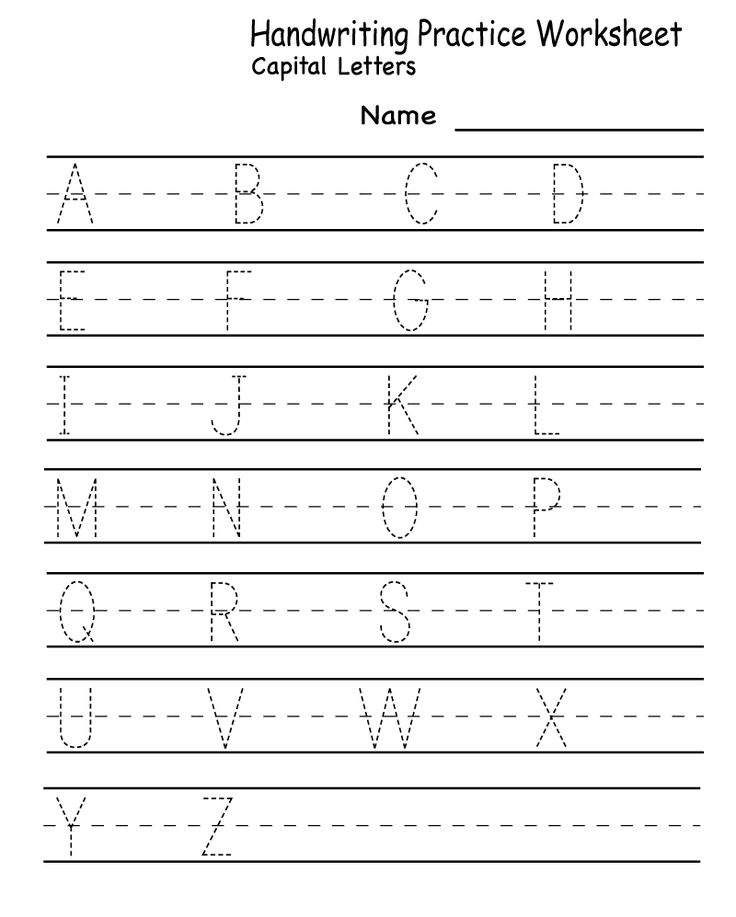 If the word is guessed, the teams switch roles. Of course, a new player is set up for the image each time.
If the word is guessed, the teams switch roles. Of course, a new player is set up for the image each time.
For those who are just learning the game, you can start with the elementary. It will be more difficult with abstractions: for example, the word “set” was guessed for a long time. Now imagine how you can portray "perfection"? If you have more or less figured out the words, you can proceed to the image of phrases, then - proverbs.
For warm-up: sleeve, management, fire, action, document, partner, parade
Phrases: fire tower, property damage, fire brigade, sketch of a fire.
Sayings and proverbs
- For a beaten two unbeaten give
- Tears of grief will not help
- Sleep on one side - thirty-six hours.
- If you like to ride - love to carry sleds
- Alone in the field is not a warrior
- The wedge is knocked out with a wedge
- The word is not a sparrow - it will fly out, you won't catch it
- Sleeps like a regimental horse.
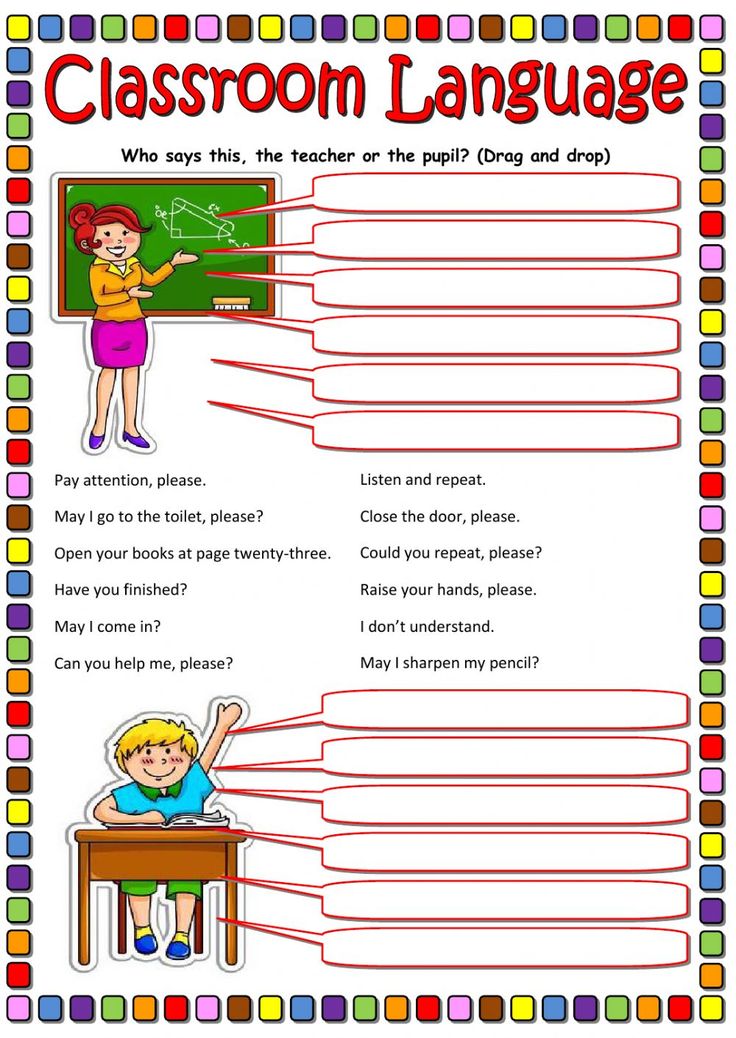
- Whatever you call a boat, that's how it will float
- What burns will not rot.
- The fireman is sleeping - the Motherland is getting richer.
- No matter how much you feed a wolf, he keeps looking into the forest
- The eyes are afraid, but the hands are doing
- Metyl in the heel, but hit the nose.
- If you like to talk, love and listen.
Practical material is given according to the complexity of tasks: from letters, syllables, to reading sentences and various types of texts. Assignments are playful and educational in nature.
The reasons for the difficulties of learning at school and university are very diverse, and therefore game methods must be strictly differentiated and individualized , i.e. correspond to the mechanisms of learning and behavior problems in the institution, revealed during a comprehensive neuropsychological examination, as well as to the gender, age and individual characteristics of the child's personality.